I spent five days in Medellín, arguably Colombia’s most compelling tourist destination.
Here are my impressions from my first visit, which certainly won’t be my last. I hope these thoughts help guide your travels, whether you try to see it all on a quick trip, intend to linger, or plan to return over the years.
In This Post
- 1. Medellín, a Digital Nomad Paradise
- 2. Hang Out in El Poblado
- 3. Public Transit Is Fantastic
- 4. Do an Exotic Fruit Tour
- 5. Do a Comuna 13 Tour
- 6. Take the Cable Cars to Parque Arví
- 7. Take a Day Trip to Guatapé
- 8. Explore El Centro’s Streets & Museums
- 9. Venture into the Neighbourhoods of Laureles and Envigado
- 10. Stay As Long As You Can
- Conclusion
1. Medellín, a Digital Nomad Paradise
Over the past 30 years, Medellín has rapidly been emerging as a hotspot for long-term stays for people who work remotely.
Digital nomads have discovered Medellín as a city on the rise, underpriced and underexposed due to its dangerous reputation. Nowadays, with a disconnect between the city’s perception and reality, it’s a great opportunity for anyone looking for a higher standard of living who’s able to earn a location-independent first-world income.
Medellín is hardly a secret anymore, and digital nomads flocking here have built a community. You’ll meet your fair share of gringos, some who’ve expatriated for years. But I don’t think this dilutes the born-and-raised population of Medellín – it’s a subset of the city’s unique demographic and a distinct culture on its own, not quite local but not quite tourist.
Policy makers have seen this influx of writers, coders, and e-commerce entrepreneurs, and they’re embracing it with investments in infrastructure. The internet is fast and reliable, with free Wi-Fi coverage in many public spaces. Even for a short-term visitor, that’s a huge draw, helping ease the common challenges of travel.
Medellín fashions itself as the Silicon Valley of Latin America, and it’s well-poised to back up that claim. There are ample co-working spaces, including global brands such as WeWork, as well as other local companies.
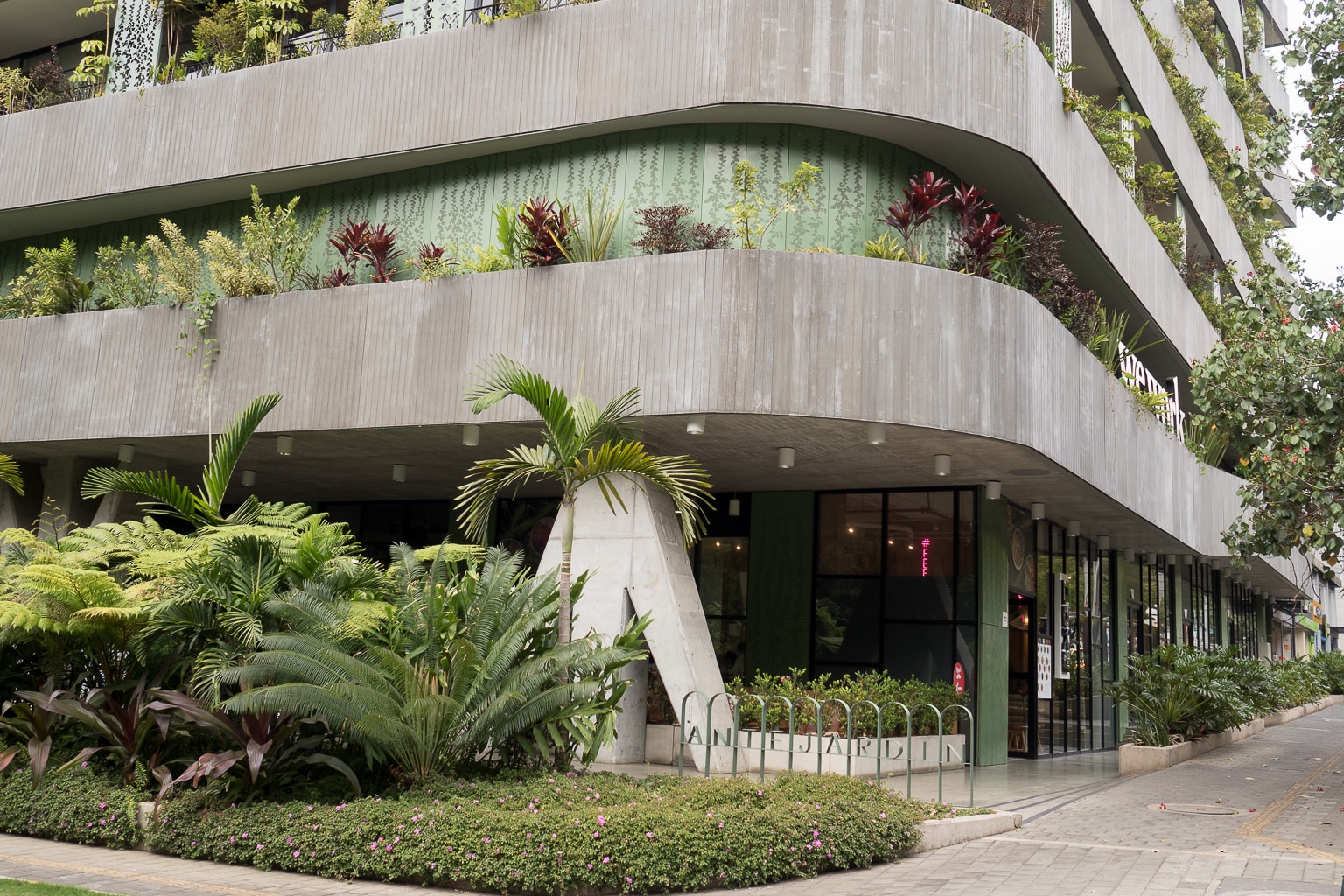
If you’re just looking for a taste of the lifestyle of a modern road warrior, check out Selina Hostel. I found that it attracted a lot of like-minded travellers, whether they measure their time on the road in days or in years.
I didn’t sleep at Selina, but I did use the workspace on a free trial day pass, and spent a few evenings networking at the bar. I had an electric connection with almost everyone I spoke with.
Selina has other locations around Latin America and the world, all with a digital nomad brand, but I’d say that brand is best exemplified in a city like Medellín.
2. Hang Out in El Poblado
El Poblado is the central neighbourhood in which you’ll spend most of your time in Medellín.
The area is loaded with restaurants, cafes, bars, nightclubs, and workspaces, as well as accommodations ranging from hostels to Airbnb to hotels.
For dining, you’ll find a mix of traditional and fusion, ranging from street corner empanadas to sit-down restaurants.
Rocoto was a personal favourite of mine. We had huge portions of some very creative Peruvian fusion concepts.
El Poblado is the hub of Medellín’s digital nomad community. While not everyone speaks English, many of the people you’ll encounter in the streets do, vendors and pedestrians alike – much more so than in Bogotá.
That said, I didn’t find the gringo vibe to be overpowering, despite diving headfirst into it. Nightlife was a healthy (and unexpected) mix of locals and foreigners all enjoying the same establishments together, which I think is a testament to the quality of the city’s culture overall.
Indeed, El Poblado’s nightlife scene is one of the best I’ve ever experienced. The main streets are packed, patios are full, and dancefloors are as lively as can be – and I say that as someone who doesn’t make a habit out of dancing.
Medellín is overflowing with spots that are just plain fun. The best of them reminded me of my favourite venues in Montreal. I really enjoyed the down-to-earth nightlife culture of an emerging South American city; more than, say, Barcelona, where I’ve found the pretentiousness can dampen the fun of an objectively good scene.
While you’ll have no shortage of places to stay in the heart of El Poblado, I’d recommend staying on the edge of the neighbourhood, just outside the fray but close enough for a quick walk in or a pleasant stumble back. I found the Medellin Marriott Hotel to be in a perfect location: about 20 minutes on foot away from the centre of the action was a worthwhile trade-off for a comfortable place to recharge.
3. Public Transit Is Fantastic
Medellín has one of the best public transit systems I’ve ever used in the developing world, even comparing favourably to many Western transportation networks.
The metro system is comprehensive, affordable, and easy to use. Locals heavily rely on it, and service is frequent and efficient.
I mostly rode the train whenever I went beyond El Poblado, plus a few rides on the distinctive cable cars. There are also buses and trams servicing less-trafficked routes. You can even transfer to the city’s bike share program on the same fare; although I imagine this is more useful for locals navigating the hillside communities at the end of the transit lines.
Locals consider the metro system to be one of the safest parts of the city. Police presence is rather high, and you won’t be violently robbed. Still, keep your wits about you and don’t make yourself an easy target for pickpockets.
I don’t think I took a taxi or rideshare once in Medellín, except for getting to and from the airport – which, by the way, is a beautiful journey which you should try to do by daylight.
4. Do an Exotic Fruit Tour
Colombia is known for its wide array of unique exotic fruits. No visit is complete without sampling them.
On my final morning in Medellín, I squeezed in a fruit tour at the public market. We tasted over a dozen fruits and a couple of juices, all species which natively grow in Colombia. Along the way, we discussed the growing conditions, cultural history, digestive properties, and supposed aphrodisiac qualities of the fruits we tasted.
I did my tour with Real City Tours. All fruits were included in the price of the tour. The selection may vary seasonally.
Some highlights included:
- Lulo, similar to an orange but tasting more like a sour kiwi, appeared on many juice and cocktail menus throughout the rest of my travels.
- Chontaduro, which must be cooked before consuming, tastes like sweet potato and is greatly enhanced with salt and/or honey, or as a thick juice.
- Algarroba, in a tough shell which must be opened with a hammer, has little flavour and a dry flaky consistency, serving better as a thickening agent akin in texture and nutrition to protein powder.
- Gooseberries, fresh and still encased in their protective leaves, much larger and sweeter than the ones we get in Canada which mostly serve as decorative garnishes.
- Three types of passionfruit, only one of which is significantly exported.
- Dragonfruit, my personal favourite flavour – but only in moderation, as it has strong laxative qualities!
5. Do a Comuna 13 Tour
No trip to Medellín is complete without a visit to Comuna 13.
The neighbourhood has an exceptionally dangerous history. As recently as five years ago, there were gang gunfights in the streets. Now, it’s Medellín’s most popular tourist attraction.
Comuna 13, also known as San Javier, is built into the hillside on the edge of the city, a familiar scene in Latin America. Most of the original residents were poor farmers who built homes here, fleeing political violence in the countryside.
Tragically, Comuna 13 descended into violence quickly. Marginalized youths formed gangs to create a sense of identity and belonging.
Additionally, the neighbourhood sits on a major road exiting the city – which in Colombia means a major drug trafficking route. Local gangs were always connected with the drug trade and the violence that comes with it. Even after government intervention and the fall of Pablo Escobar’s empire, the area continued to be plagued by drug violence on a local scale.
With the introduction of the cable cars, Comuna 13 began to turn around. Residents were more easily able to commute to the city centre for higher-paying jobs, and tourists were more easily able to access a part of town that was once off-limits.
The locals quickly realized the importance of tourism for their own socioeconomic upward mobility, and they’ve embraced it in full force.
Art galleries, shops, and restaurants have popped up all over Comuna 13 to harness the tourist dollars flowing through the streets. Domestic and foreign tourism are both growing, with different storefronts appealing to each group.
The “main drag” extends every year, with new stores at the far end. The recent installation of escalators has also been a huge boon, as the hillside geography has become much more accessible.
The area is even safe at night now, with lively bars which keep many visitors sticking around after dark once their tours have ended.
Street gangs still operate, but what little violence remains is relegated to the backstreets. There’s a firm policy of not harming tourists, as the locals understand our importance to their micro-economy. Instead, youths spend their nights protecting their families’ stalls from other gangs, and their days admiring and aspiring towards the entrepreneurialism shown by their elder role models.
To illustrate the neighbourhood’s dramatic turnaround: there’s a craft brewery in Comuna 13 which employs ex-convicts. I tried their American pale ale. I’ve had an immense number of craft beers in my life, and this one punched above its weight. It cost 50 cents CAD.
No part of Medellín captures the city’s transformation quite like Comuna 13. You don’t want to miss it.
6. Take the Cable Cars to Parque Arví
Parque Arví is an ecological park in the mountains on the edge of the city. I’d liken it to New York’s Central Park or Vancouver’s Stanley Park.
The primary way to reach the park is by metrocable, part of the public transit system. From the cable car, you’ll get spectacular aerial views of the city of Medellín and the protected forests of Parque Arví.
The park is reached by the city’s first gondola line, built in the early 2000s. This line provides some of the best views of the piecemeal upward mobility of the hillside communities.
At the end of the line at Santo Domingo, you’ll transfer from the main metro system to a gondola specifically for park access, for an extra charge of COP$11,150 ($3.50) as of this writing.
The park contains a mix of trails designated for hiking, cycling, or horseback riding. There are a number of named routes to traverse, each with an emphasis on flora, fauna, vistas, or human history.
There are paved roads cutting through the park, linking different trailheads. You can walk or take shuttle buses, and also access the park by road as a long alternative to the metrocable. I was a bit surprised by how paved the park is.
On the side of the roads, you’ll find vendors selling street food snacks (mostly refreshing fruits) and family-run restaurants cooking meat in traditional styles.
In my opinion, the metrocable is the highlight of the park. I’d say it’s worth visiting Parque Arví solely for the cable car.
If you do choose to spend more time in the park, I’d recommend doing a tour. I found my time in Parque Arví was a bit aimless without a guide, a choice I made knowing I was on a tight schedule.
7. Take a Day Trip to Guatapé
Despite being highly recommended, I actually cut Guatapé from my itinerary. I was busy in the city and felt pressed for time, and Guatapé is a long day trip. (I’d decided pretty quickly that this wouldn’t be my last time in Medellín, which made it easier to let go of the pressure to see it all.)
Ricky did make time for a Guatapé excursion, so I’ve included his impressions here.
Guatapé is situated in eastern Antioquia, about two hours outside of Medellín by road. There are many day tour operators serving Guatapé every day, and slower-paced travellers can also opt to spend a night out in the country town.
Activities in the region are centred around El Peñón de Guatapé, a giant 200-metre rock outcropping that’s visible from miles in the distance.
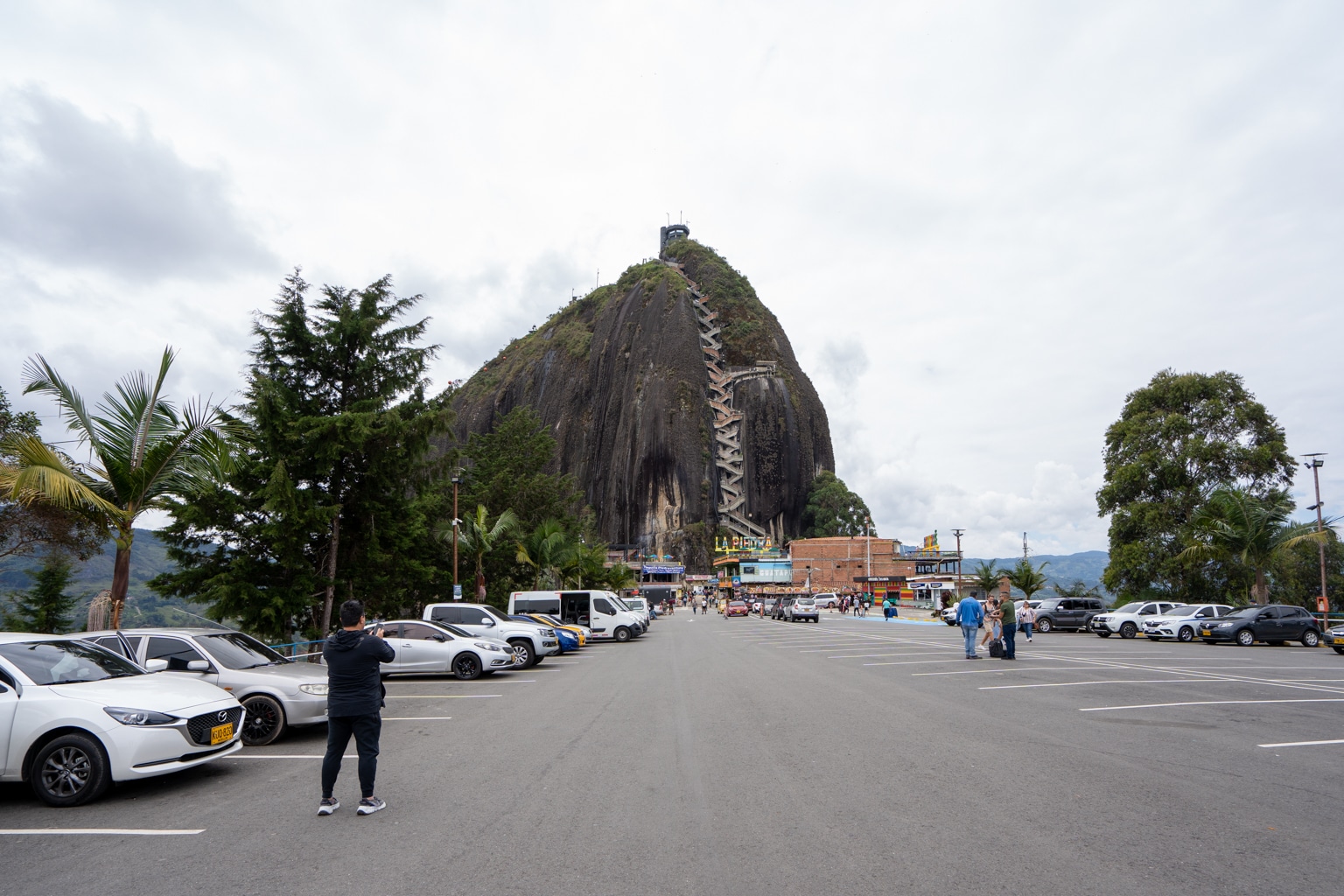
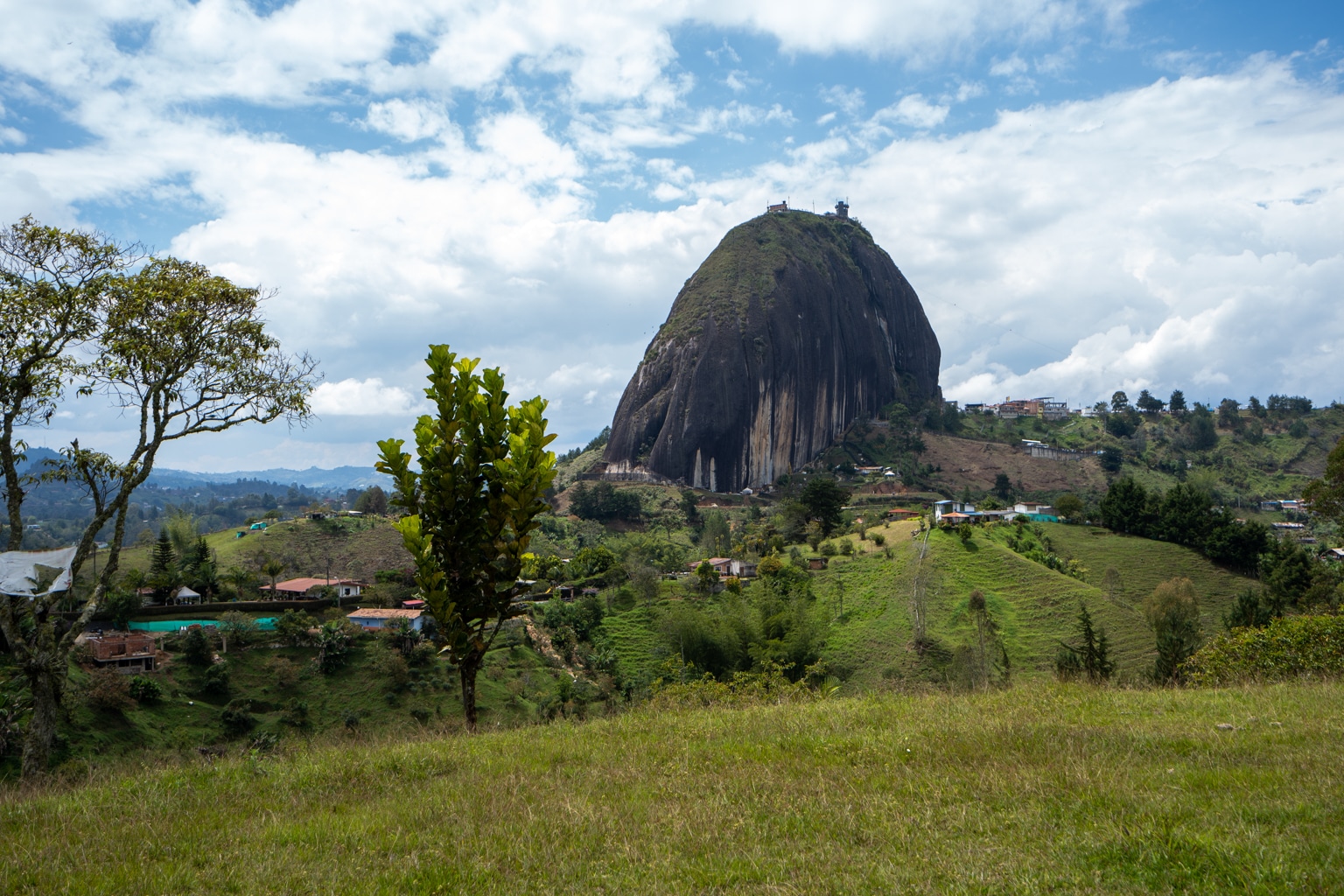
Climbing the 708 steps to the top of the rock affords some breathtaking views of the surrounding countryside.
Our tour brought us to a local village for a home-cooked buffet lunch, followed by a beer-swilling boat excursion out on the lakes in the afternoon.
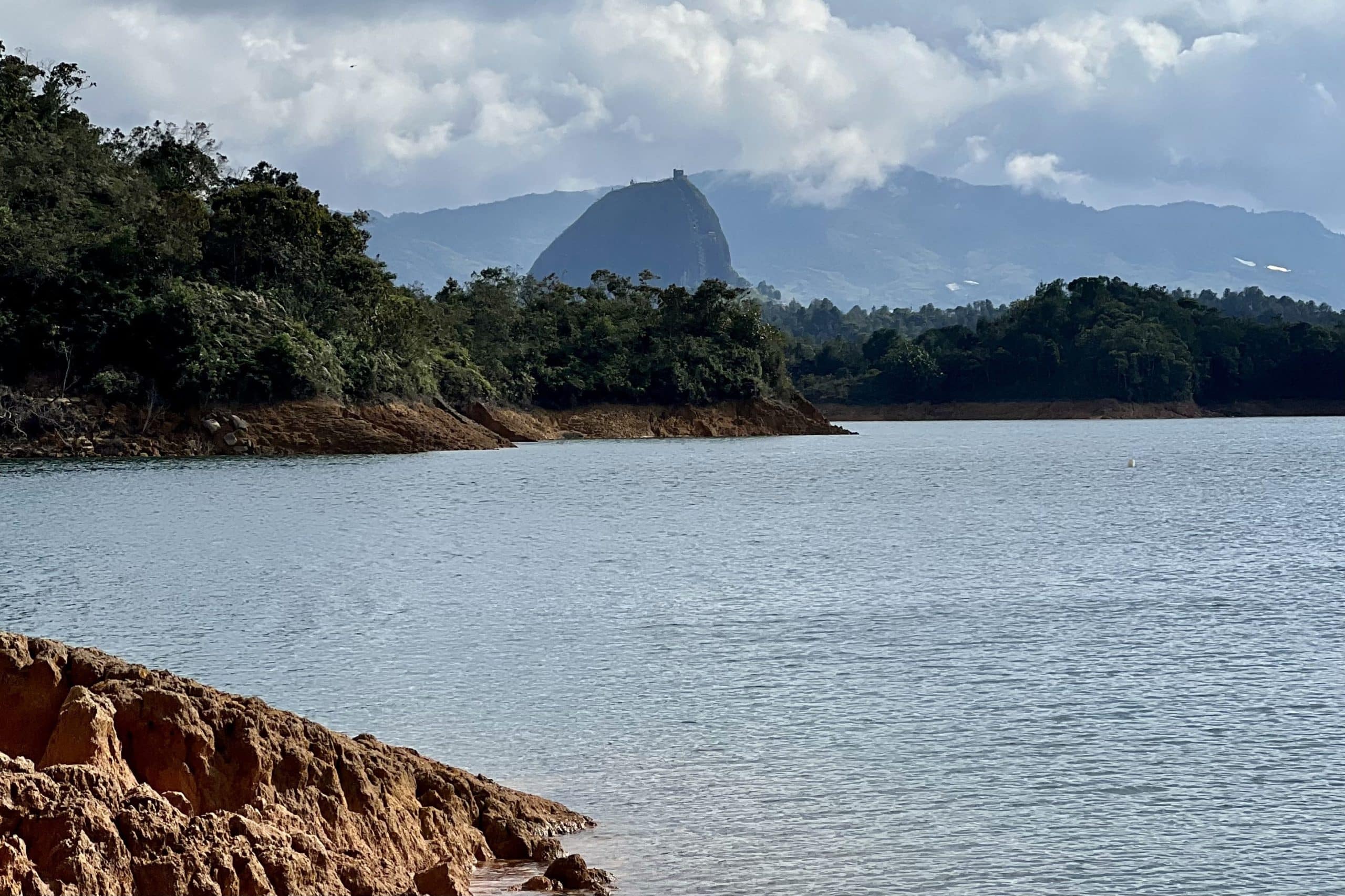
Lastly, the town of Guatapé itself is worth spending a few hours in the afternoon to explore, as the colourful zócalo murals and facades are well worth marvelling at with a coffee in hand.
While I enjoyed my leisurely day trip out to Guatapé and it was great to connect with some fellow travellers on the road, I could also see a case for skipping it and making more time for Medellín’s own attractions if your time in town was limited.
8. Explore El Centro’s Streets & Museums
There’s lots to see in El Centro, Medellín’s historic central district.
Check out Plaza Botero for some wacky sculptures. If you’ve seen the artist’s distinctive paintings in Bogotá, you can’t mistake the sculptor’s style for anyone else.
The plaza, and especially the streets around it, are extremely crowded with street vendors. The area is a bit chaotic and it’s not recommended to walk there at night, but during the day it makes for some good people-watching.
Across the plaza, you can visit Museo de Antioquia to learn about the region’s history and art, although I didn’t have time myself.
The botanical garden exceeded my expectations. There are exhibits on the country’s wide range of plants and ecosystems. Walking around the garden was a pleasant way to spend an hour doing some low-effort but high-impact sightseeing.
Locals also use the space, for which admission is free, as a public park, enjoying picnics in the open grassy areas. There are also iguanas roaming the grounds!
Museo Casa de La Memoria, or Memory House, is a somber exhibit on the violent history of the city and country. It’s quite Spanish-heavy, and I personally got more out of the walking tours I did in Bogotá and Medellín. If you do visit, I’d recommend going after you’ve seen some other attractions for a foundational understanding of the region’s tragedies.
As you venture back to El Poblado on the metro, you can also visit the Museum of Modern Art. It’s located in Industriales, a former industrial neighbourhood currently being gentrified with warehouses-turned-galleries. Locals now use these spaces for hosting events, much like you’d see in other cosmopolitan cities.
9. Venture into the Neighbourhoods of Laureles and Envigado
If El Poblado isn’t your thing, look at staying in Laureles, in particular Estadio.
Laureles is a bit more low-key, and lodging is a bit cheaper. Locals, tourists, and nomads are all being increasingly drawn to the area.
Catch a soccer game while you’re there (or even if you’re staying somewhere else – recall the useful metro system). Latin American sporting events get pretty wild, especially if the city’s two rival clubs are playing El Clásico.
If you want to fully escape the gringo energy, take the metro south and explore Envigado. There, you’ll find fewer anglophones; instead it’s mostly paisas, the term for people from Antioquia, who rightfully have a friendly reputation wherever you encounter them.
The area is heavily populated by families, and you’ll see typical suburban scenes of people running errands and playing in parks.
10. Stay As Long As You Can
The title says it all.
There’s so much to do in Medellín, you can’t possibly see everything. Once you’ve hit all the attractions on your list, the city has such a compelling spirit that you’ll simply want to be there longer.
Take the number of days you planned to spend here. Double it. Double it again.
Ricky travels as fast as anyone I know, and he sacrificed an early arrival at the W Bogota because he found too much to do in Medellín.
I spent five nights in the city, my longest stay at any one destination in Colombia, and I didn’t feel like it was enough. Between focused tourist attractions, abstract poking around, and consciously plugging into the co-working community (and the nightlife that comes with it), I was busy around the clock and barely scratched the surface.
I haven’t yet met anyone who regrets spending too much time in Medellín. It’s the highlight of Colombia for tourists, nomads, and longtime residents alike for a reason.
Conclusion
My time in Medellín was a whirlwind; a rich, full five days which barely whet my whistle. I wouldn’t have it any other way, and I’m not sure there is any other way.
The city’s purposeful investment in modern infrastructure is apparent and inspiring. You’ll not only see the vibrant steps forward, you’ll feel it, even with just a short taste.
During my visit, I personally made a point of connecting with the digital nomad community and spending some time working remotely, an experience I’ve long been eager to try. It’s the perfect place to do so, and it exceeded my high expectations.
But even if you’re visiting for pure tourism, there’s no shortage of things to keep you busy. Medellín is one of the most well-rounded cities I’ve been to, with a huge spectrum of food, activities, and attractions. There’s really something for everyone and anyone, and I can’t imagine you’ll walk away with a bad impression.
Medellín has quickly become one of my favourite cities in the world. ¡Hasta pronto!


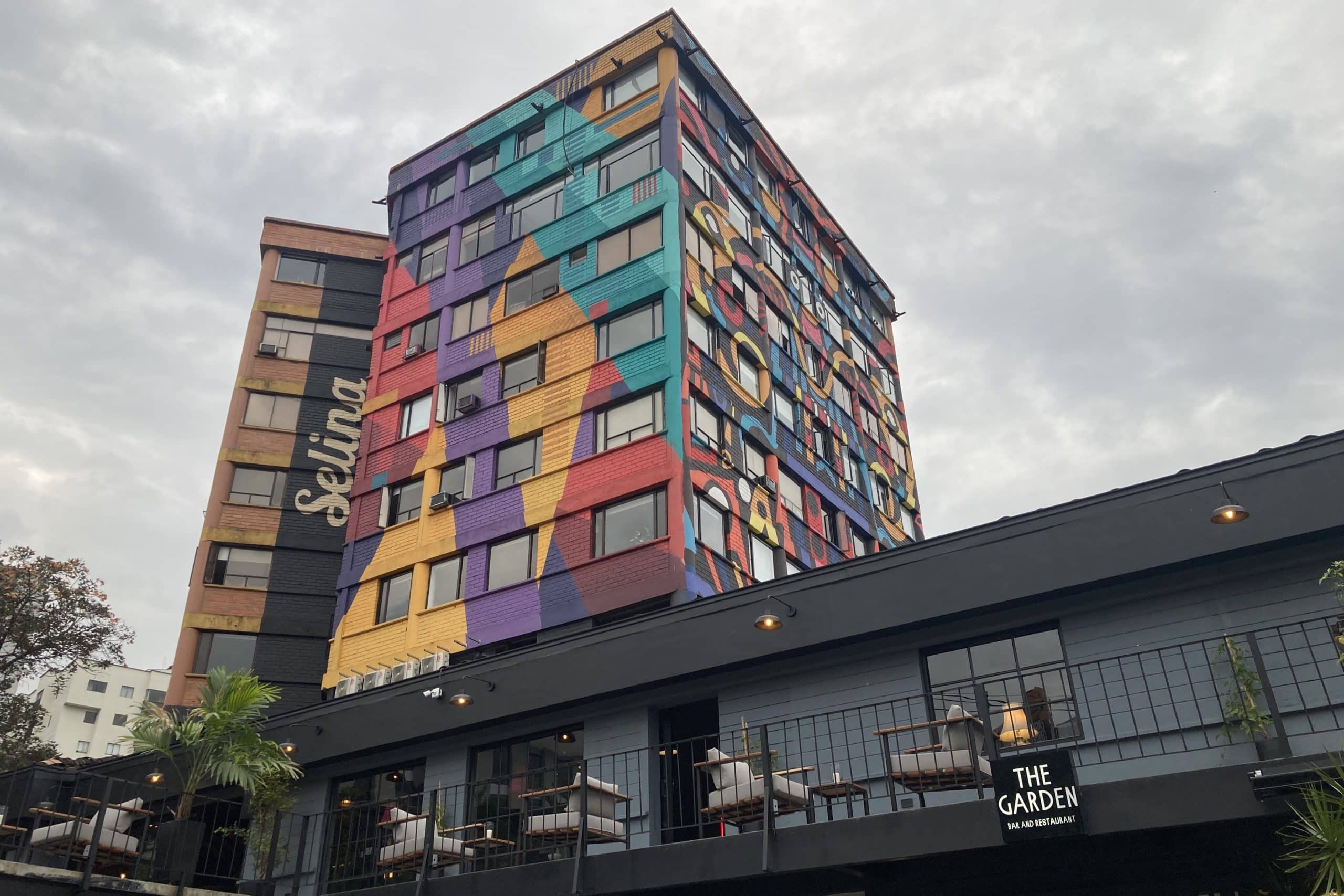
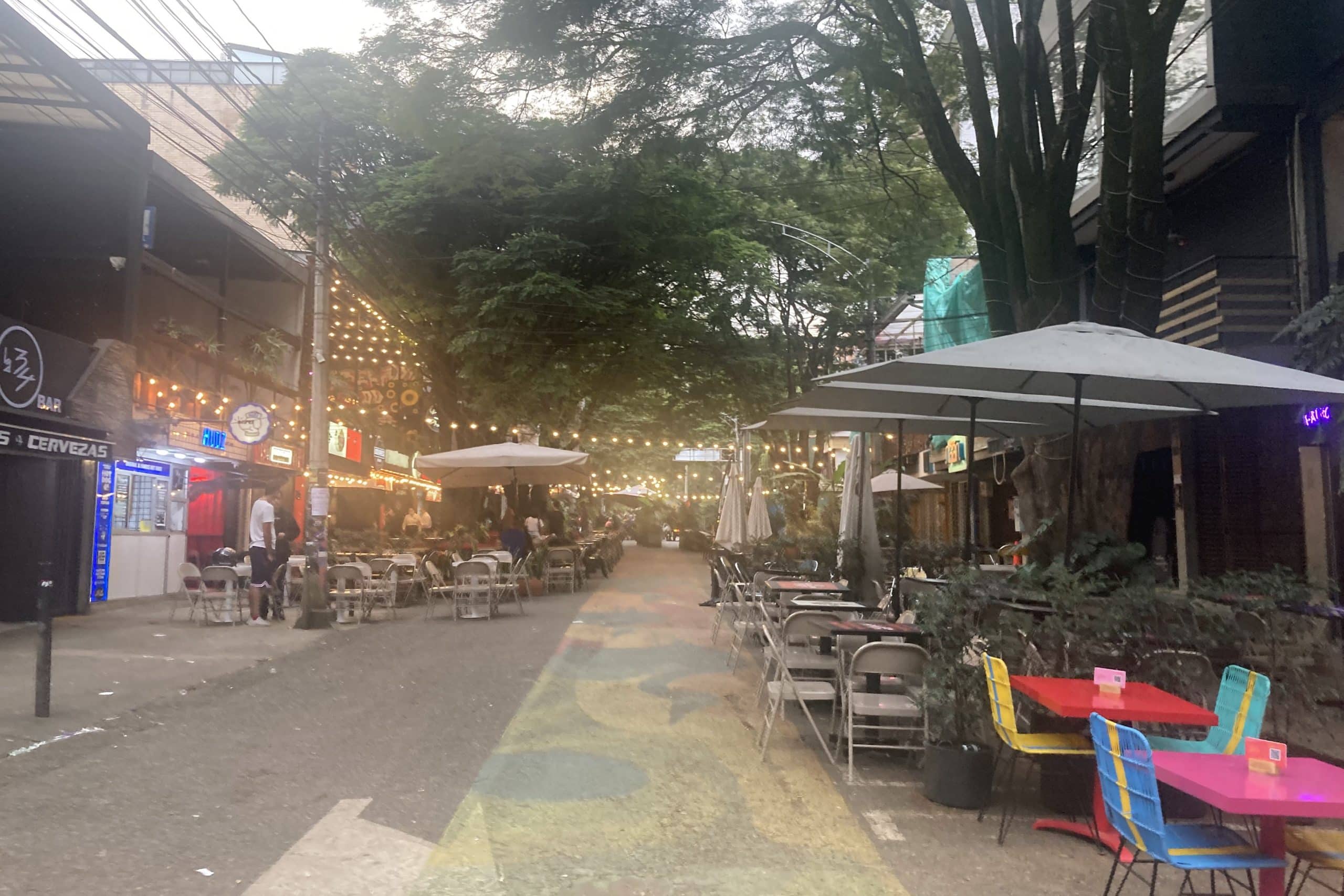
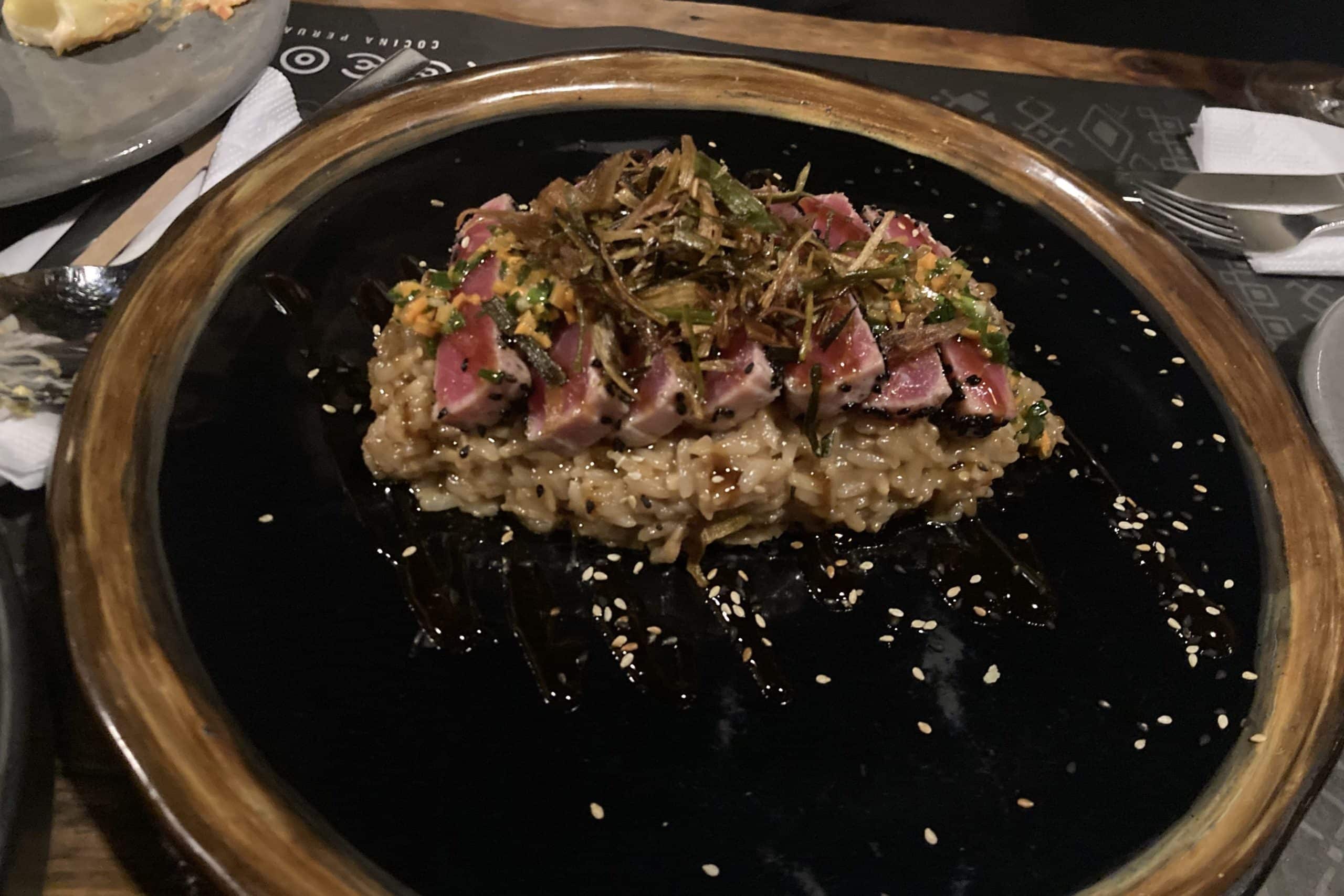
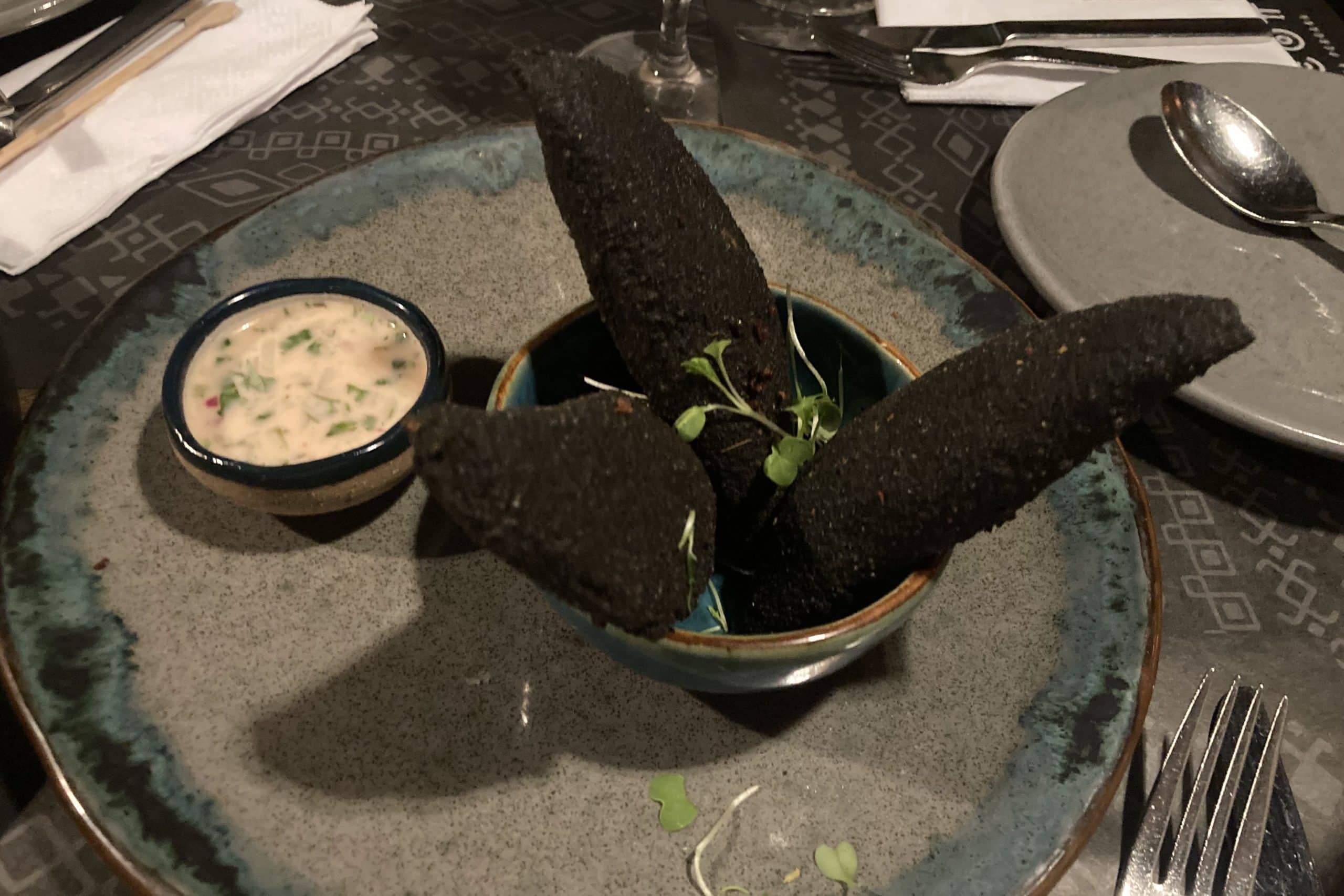
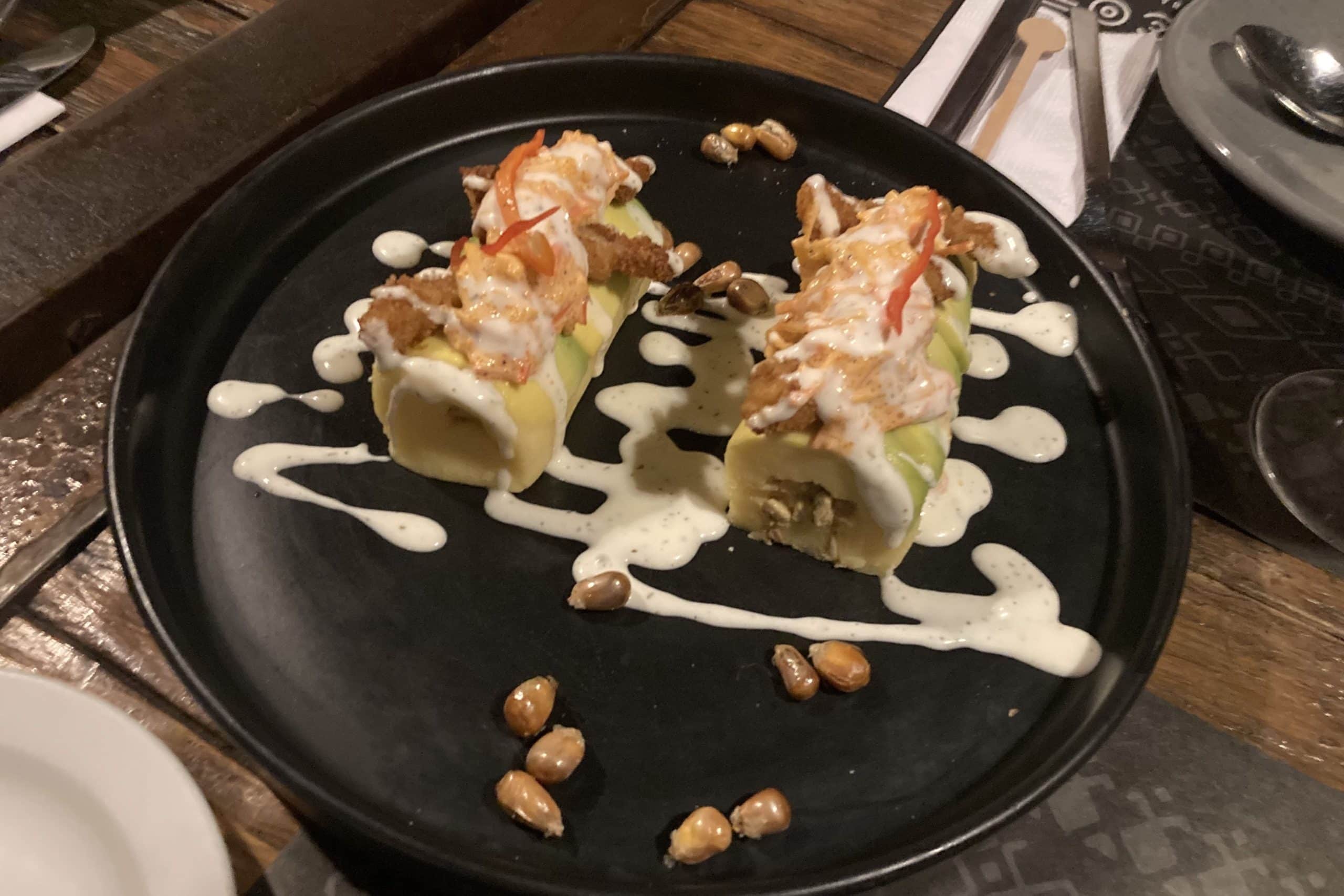
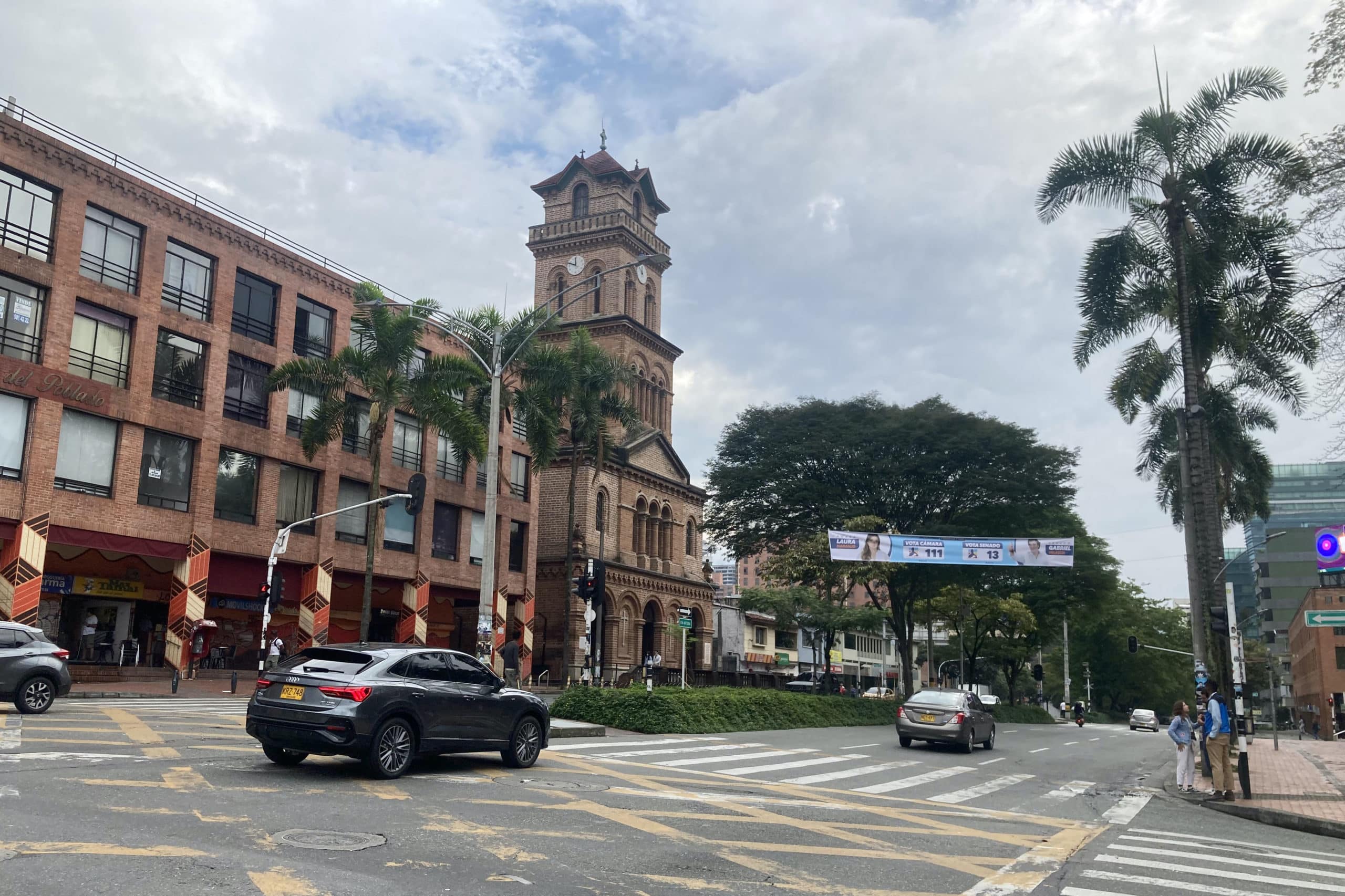
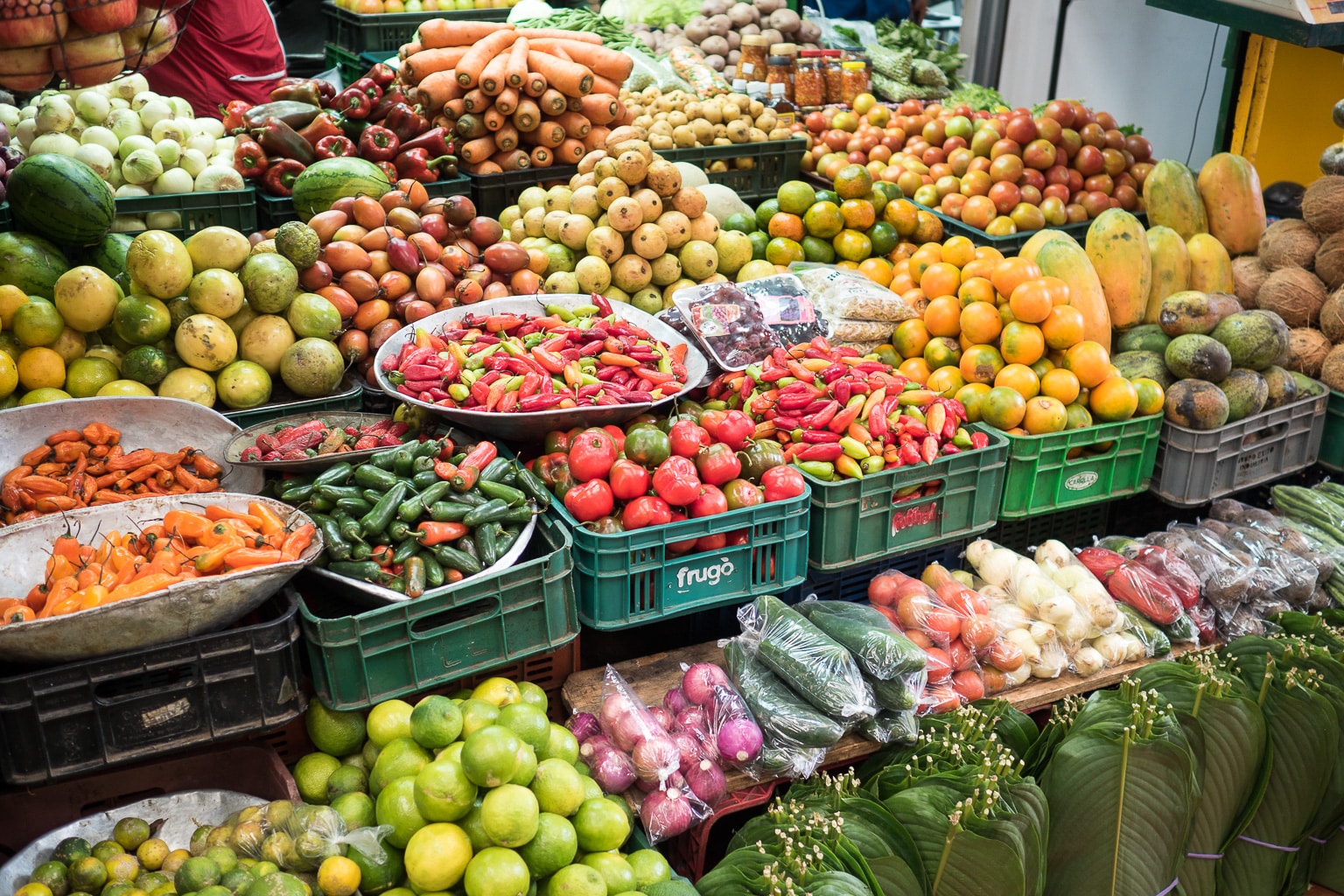

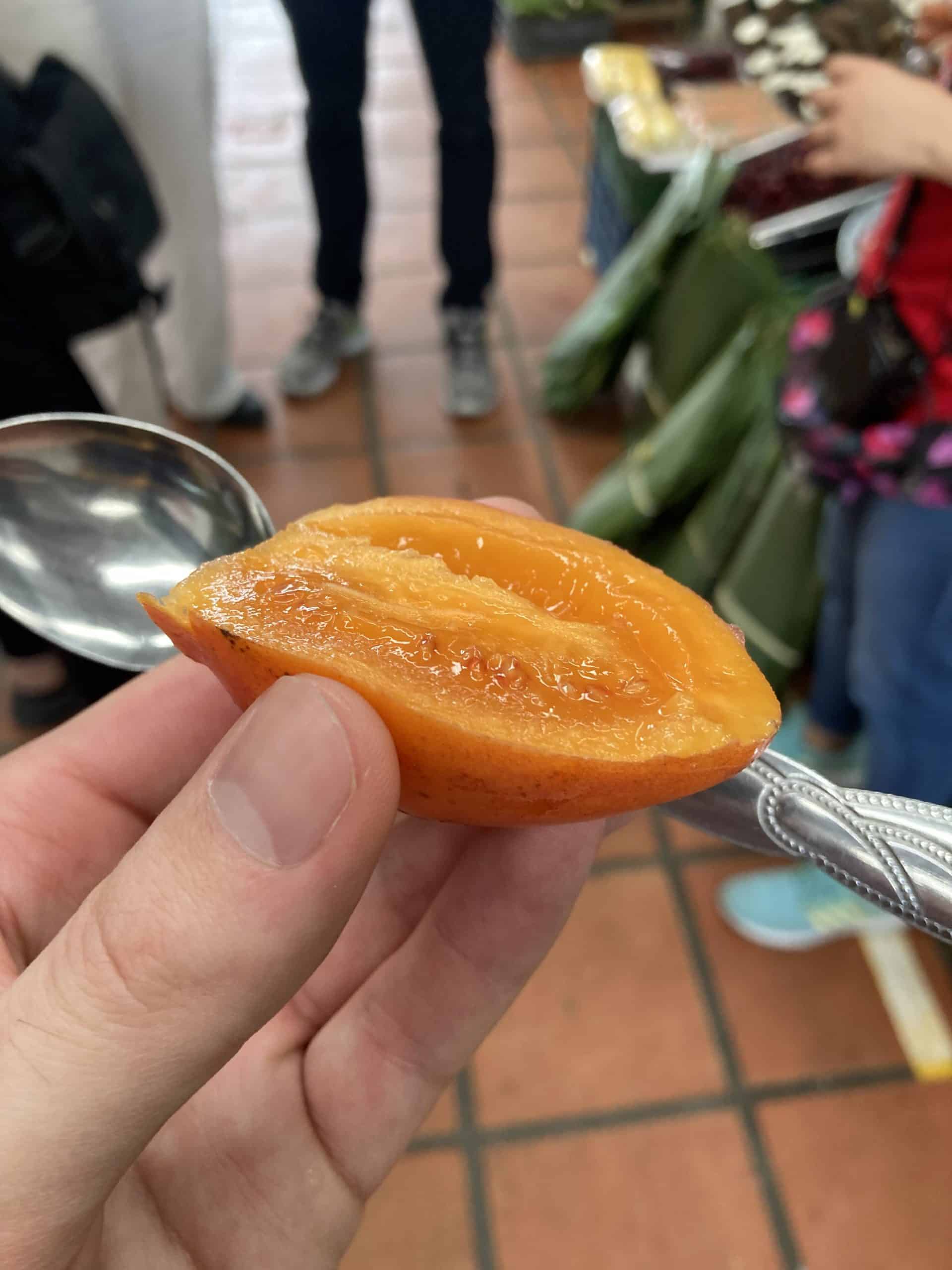
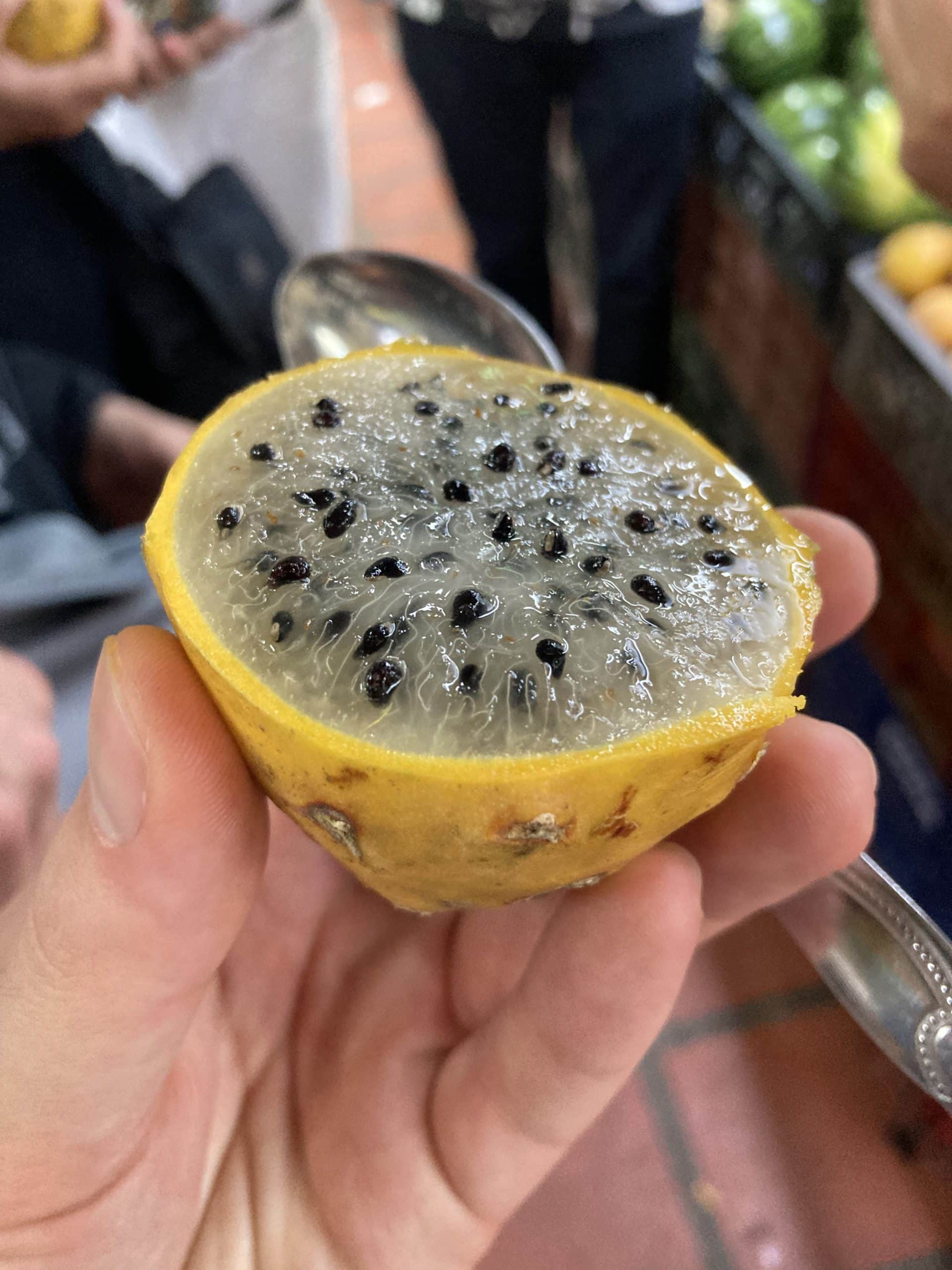
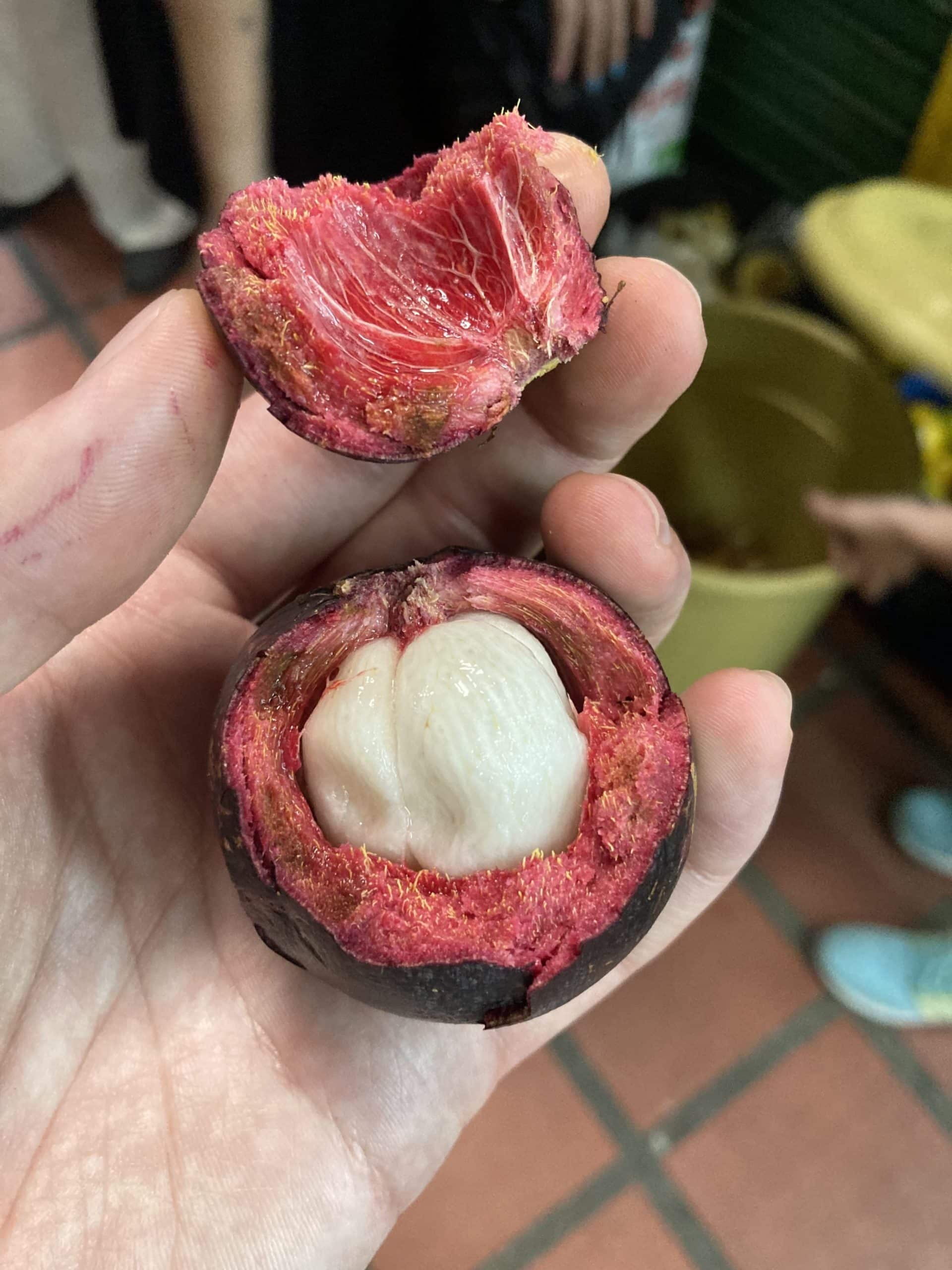
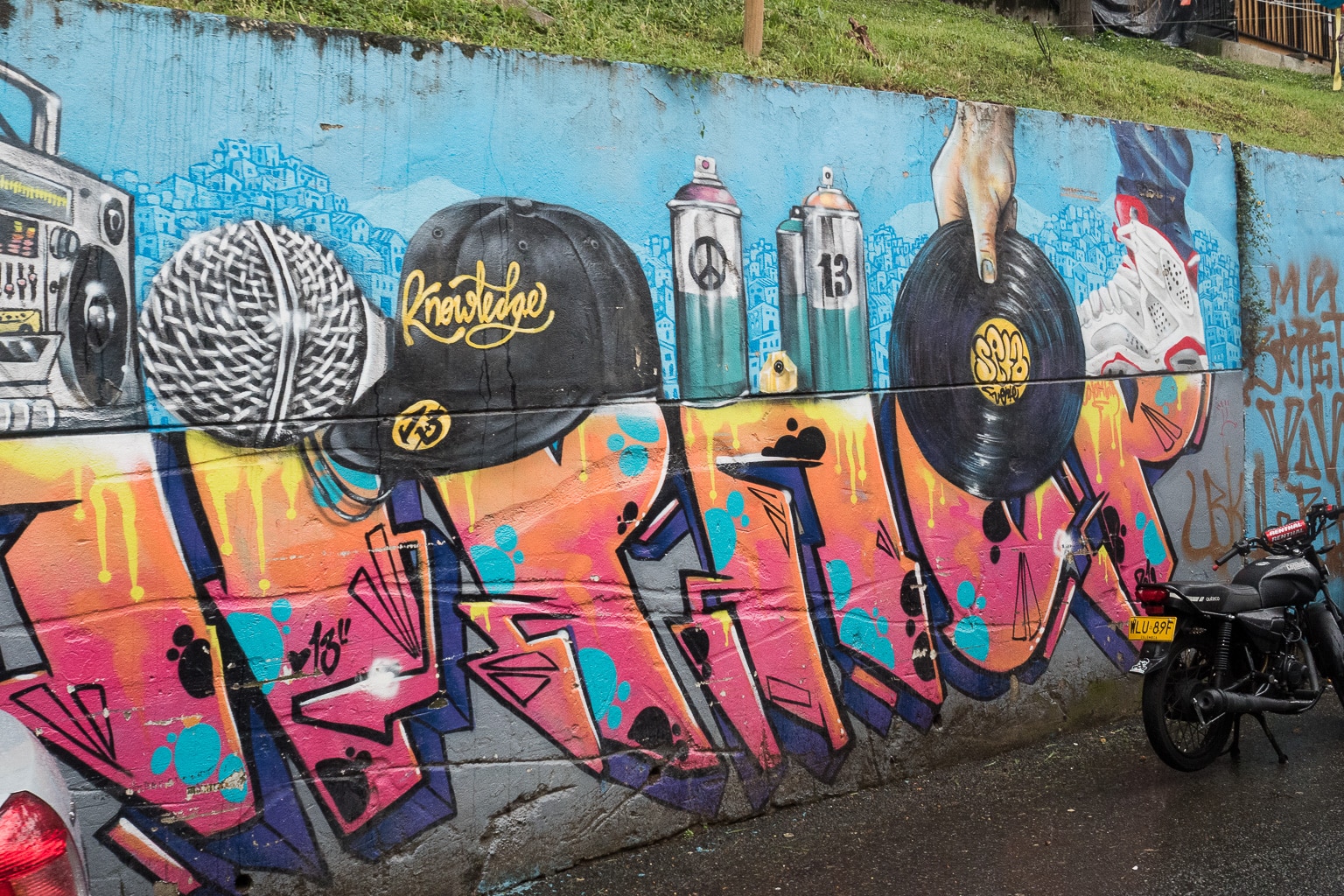
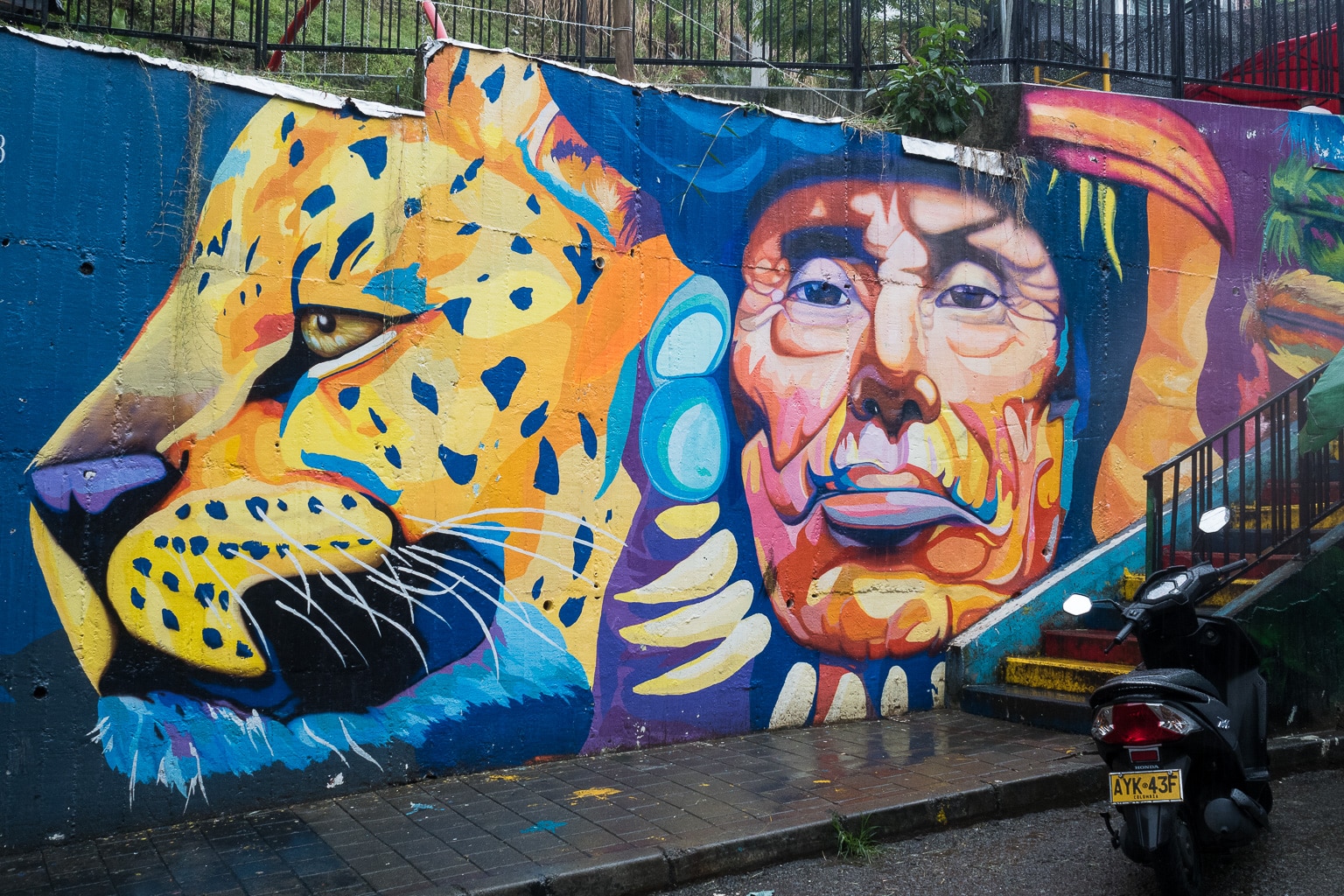
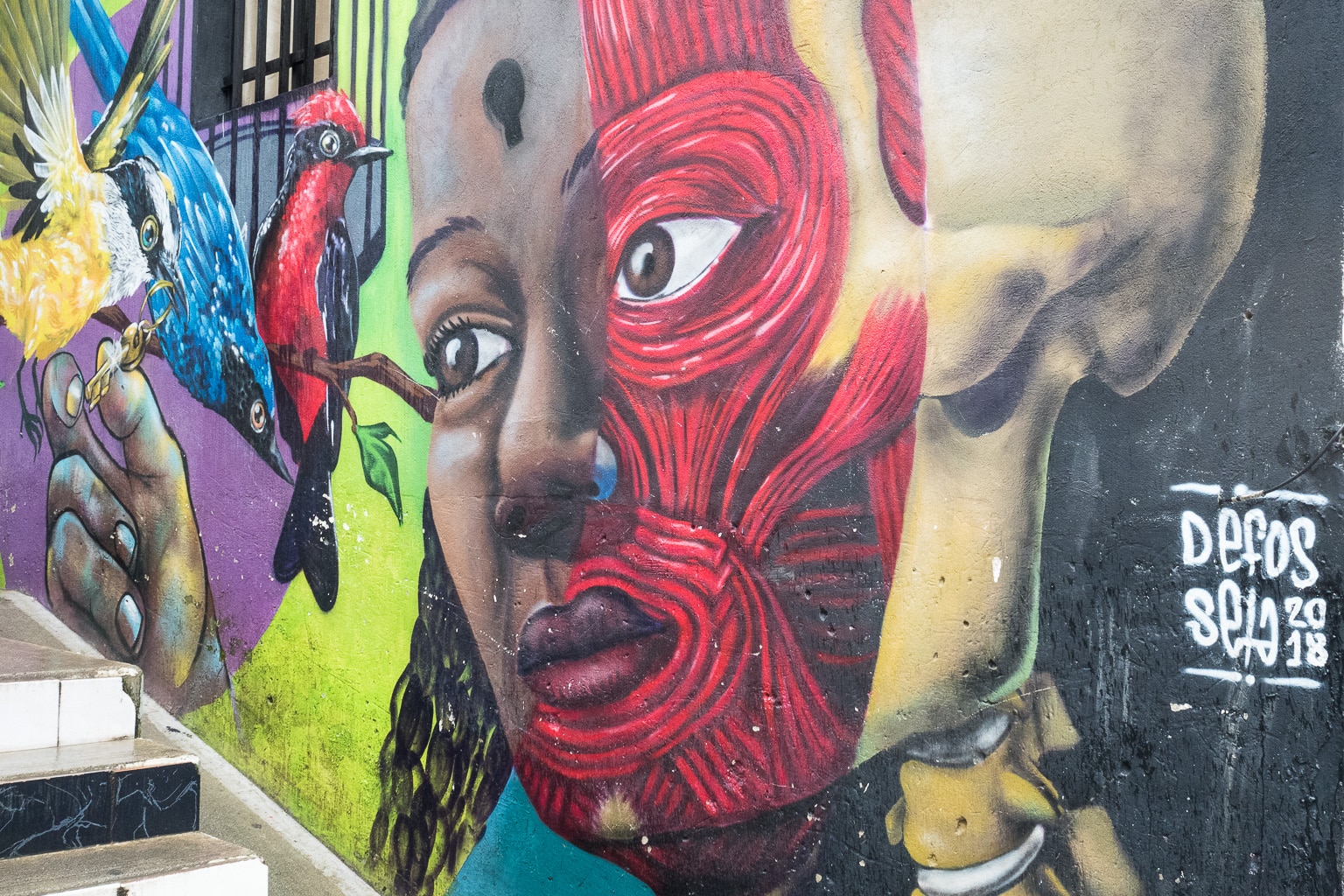
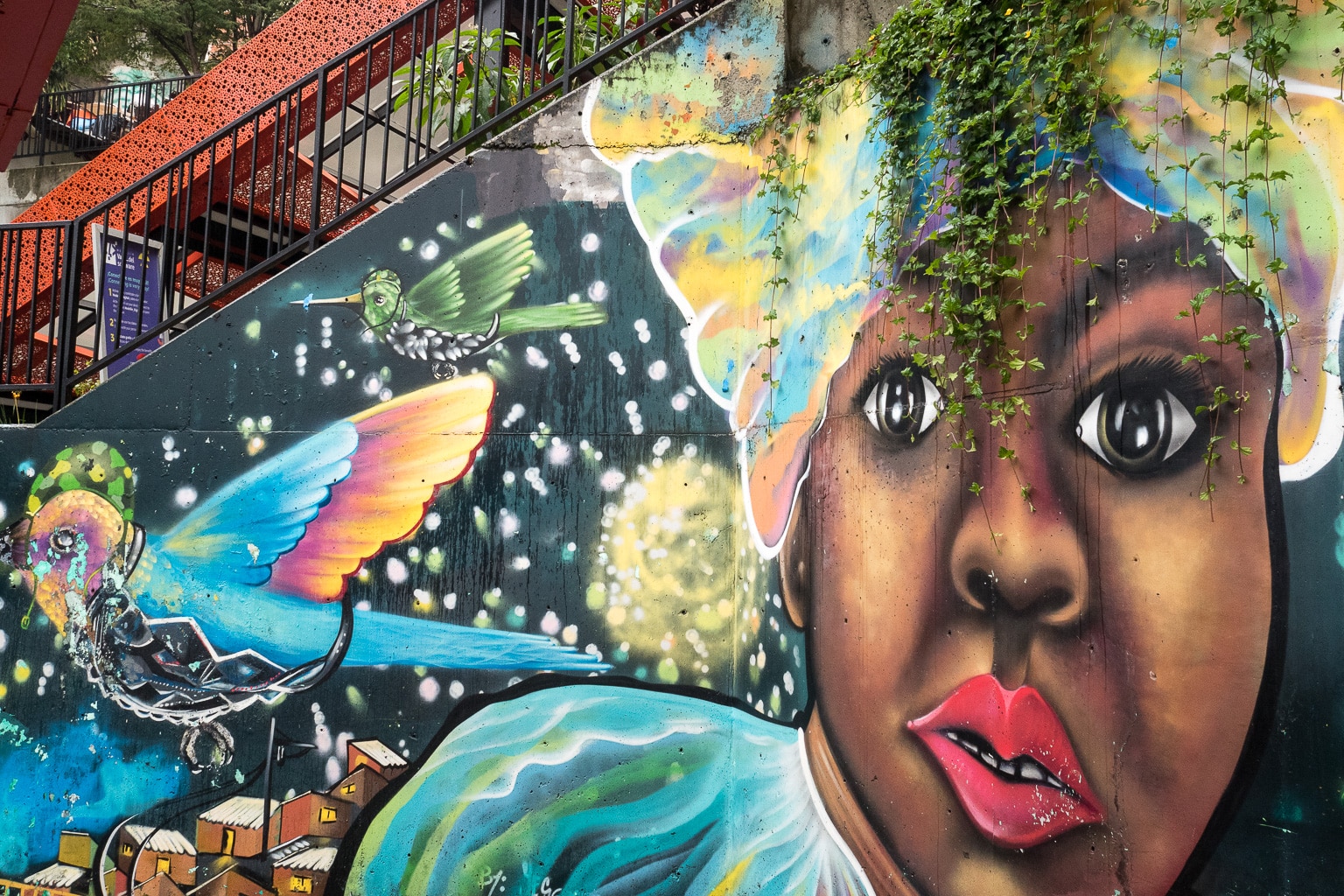
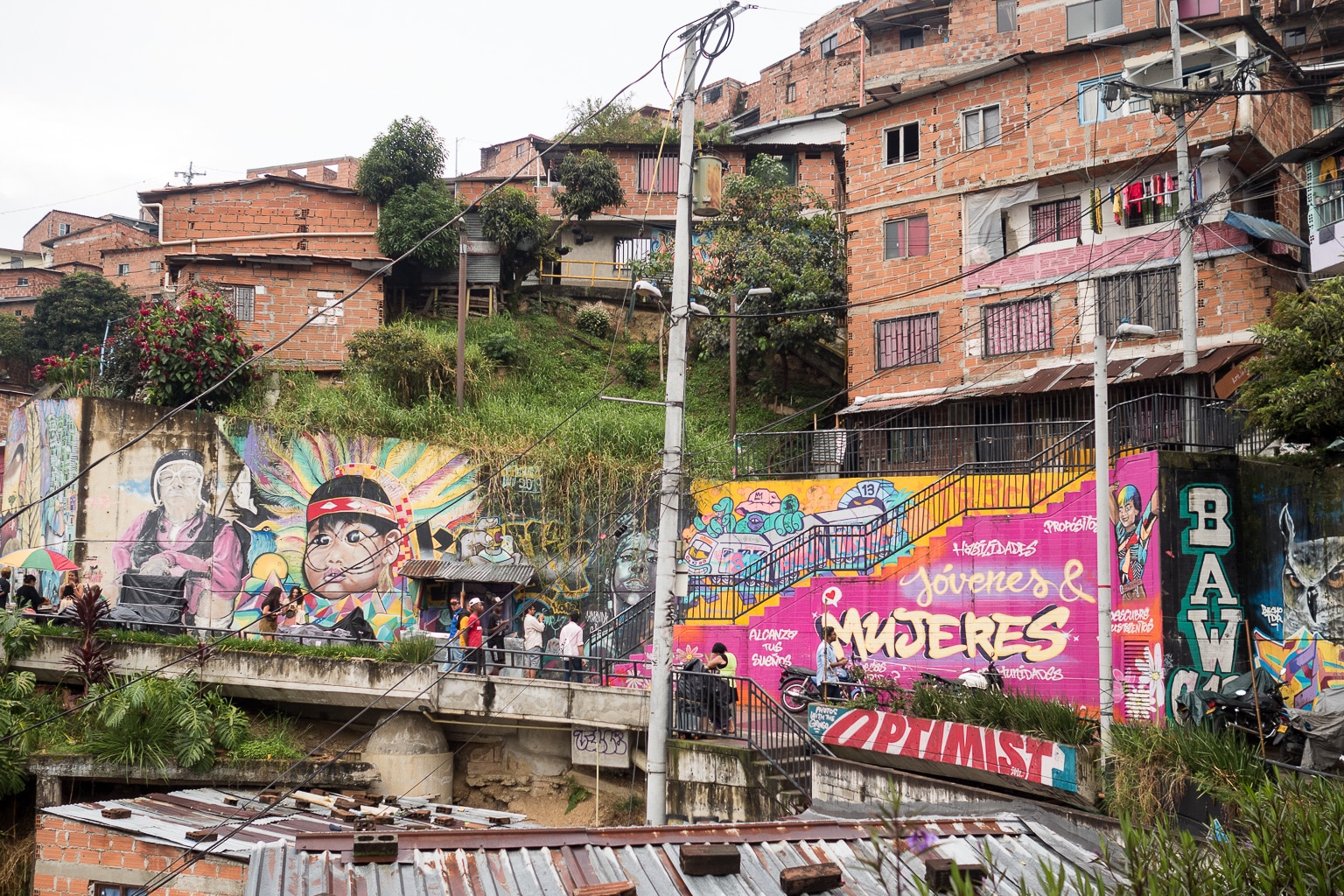
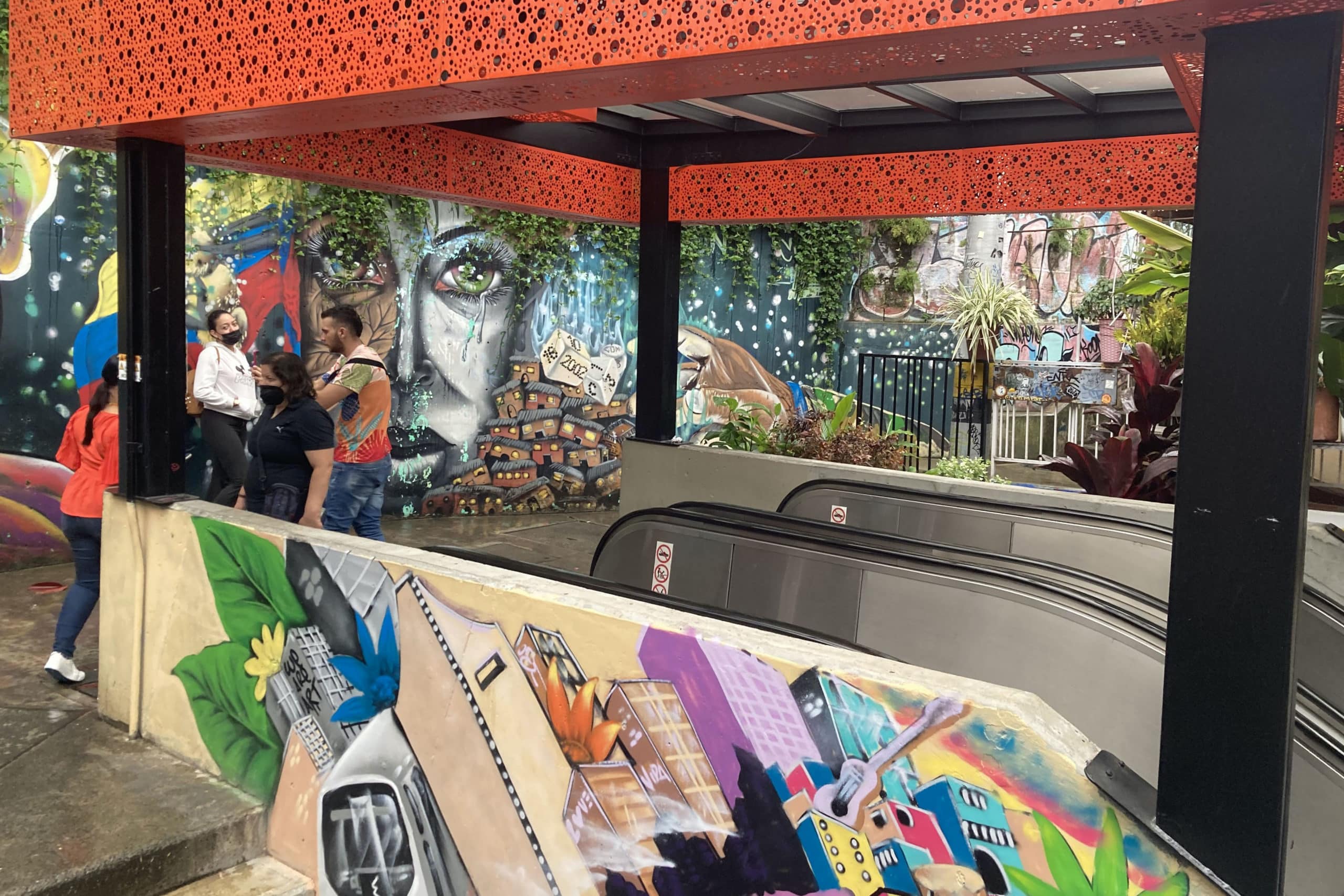
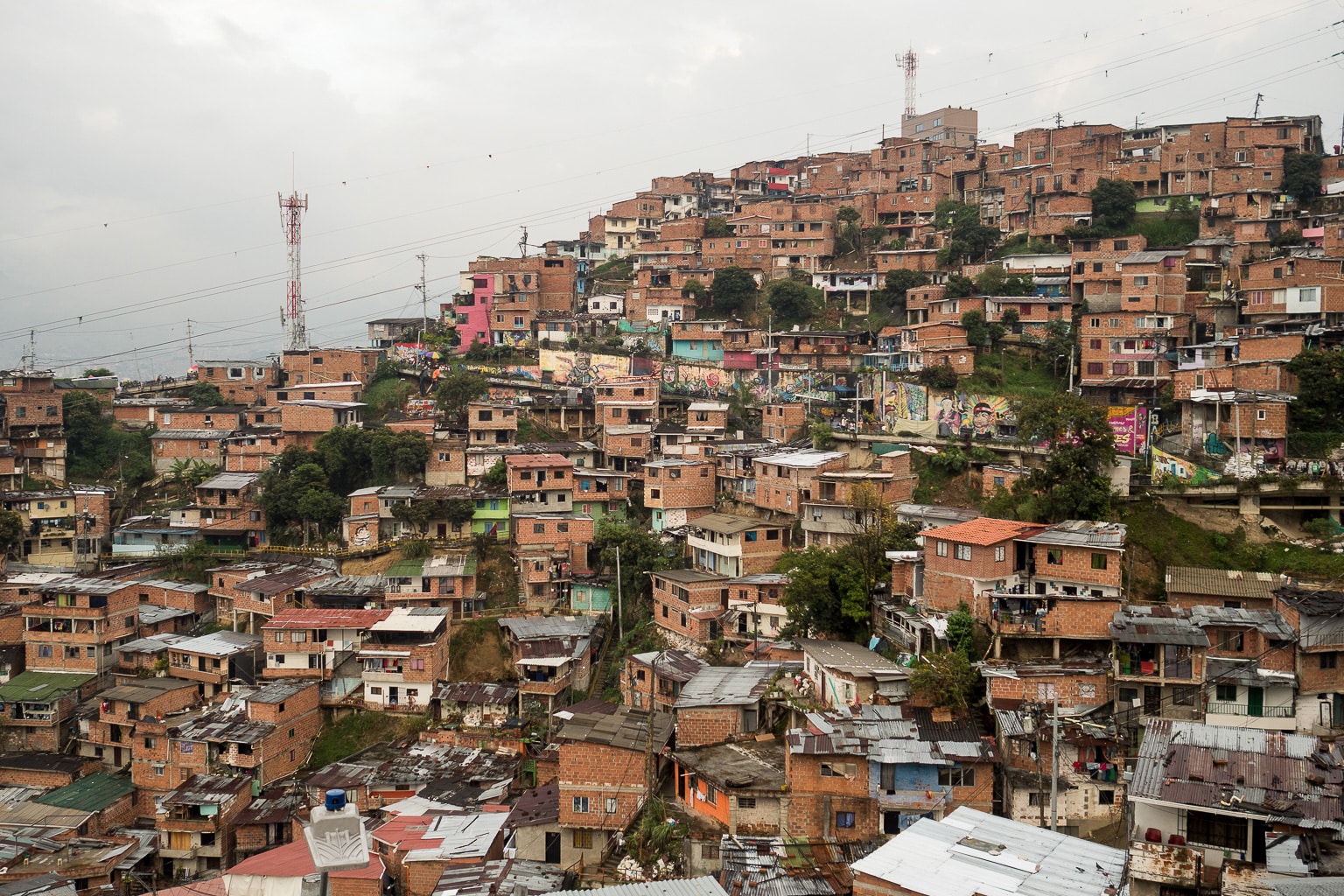
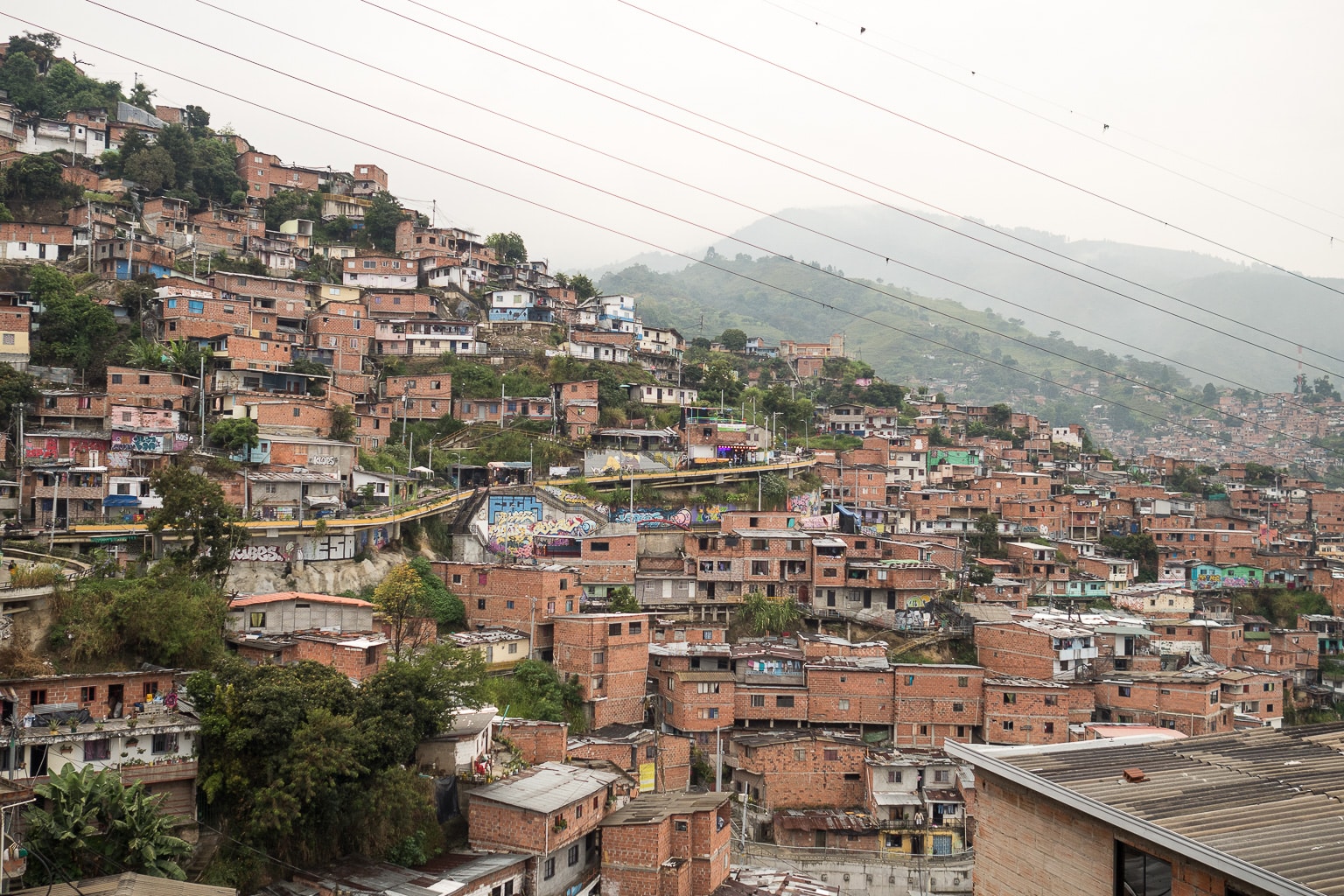
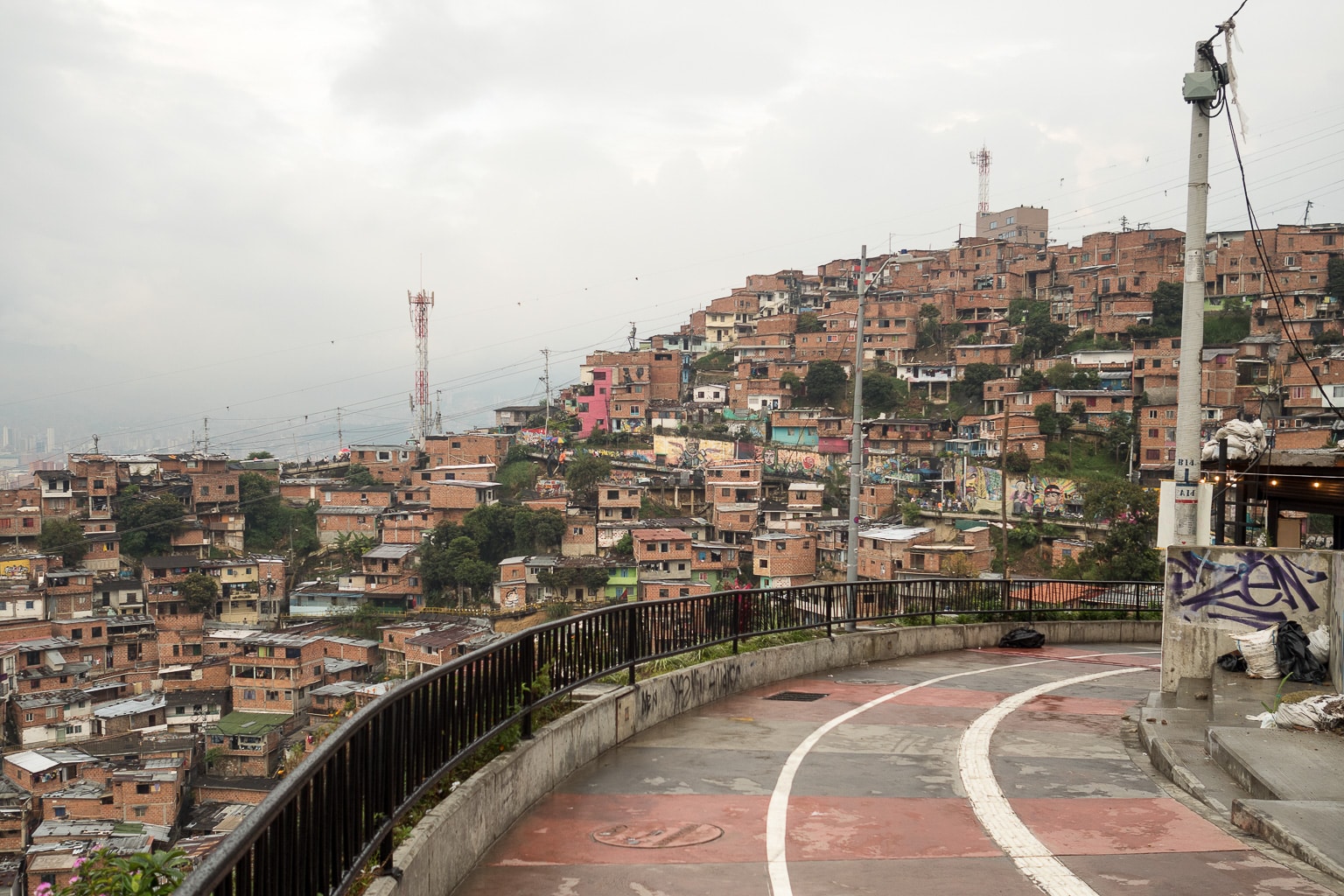
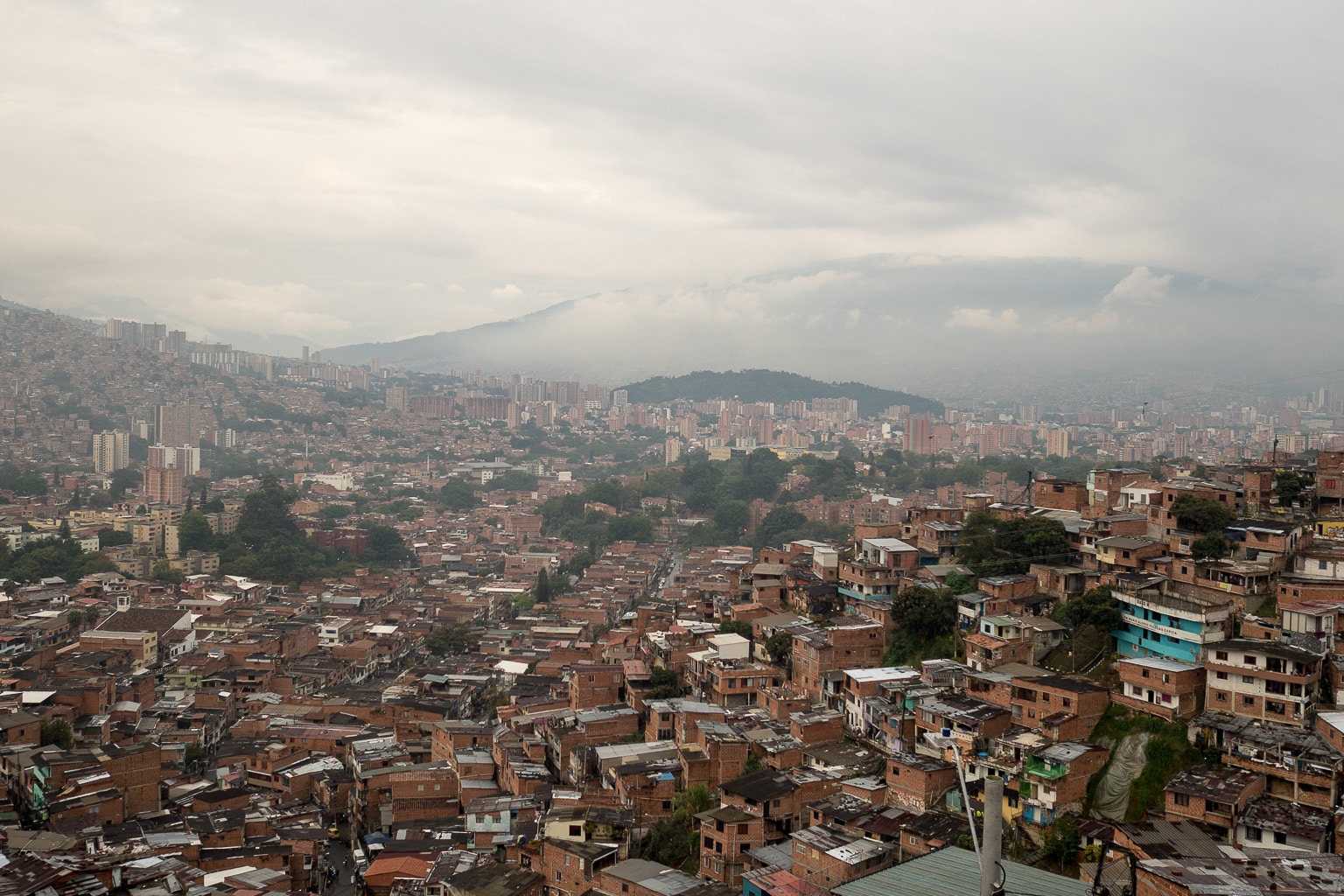
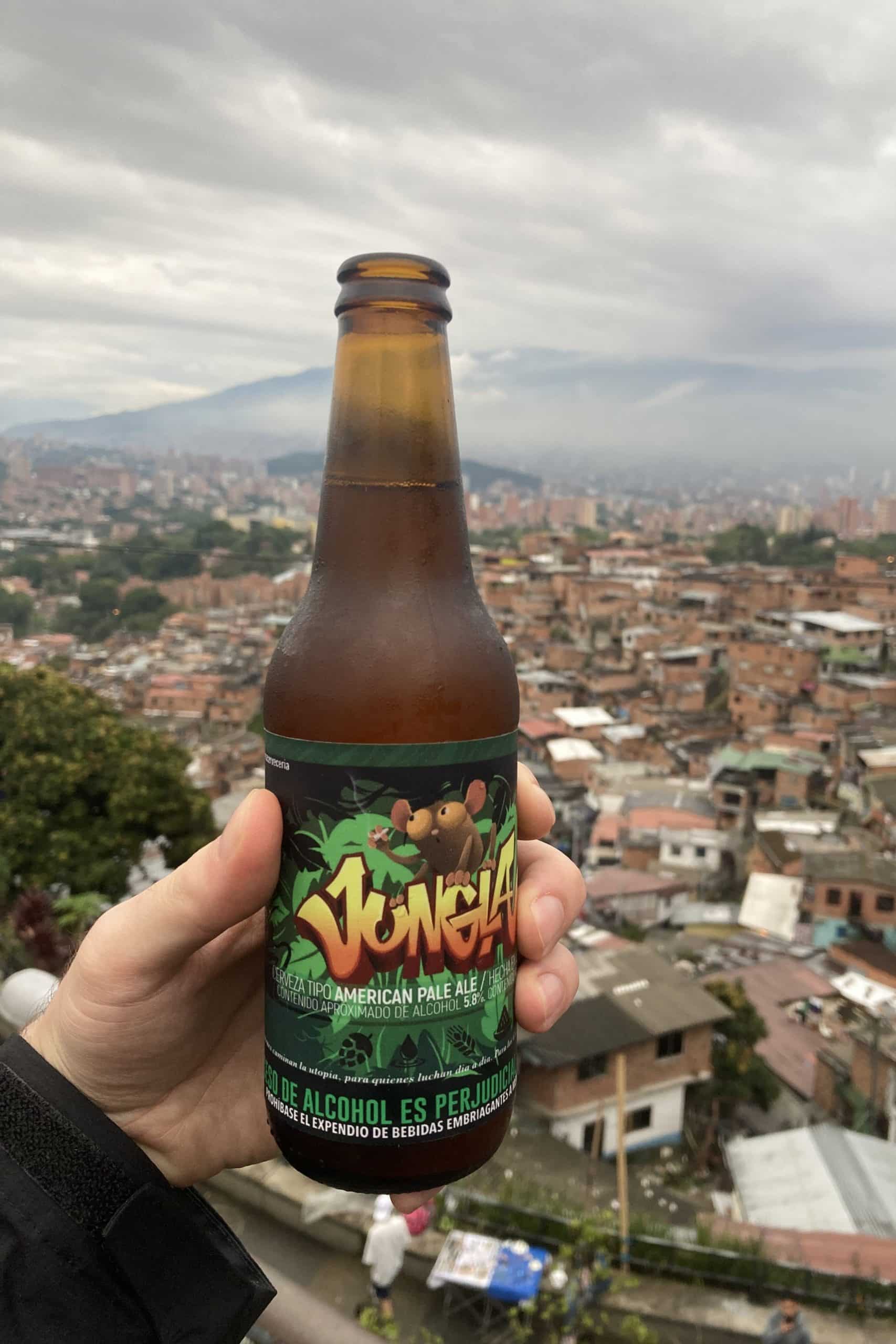
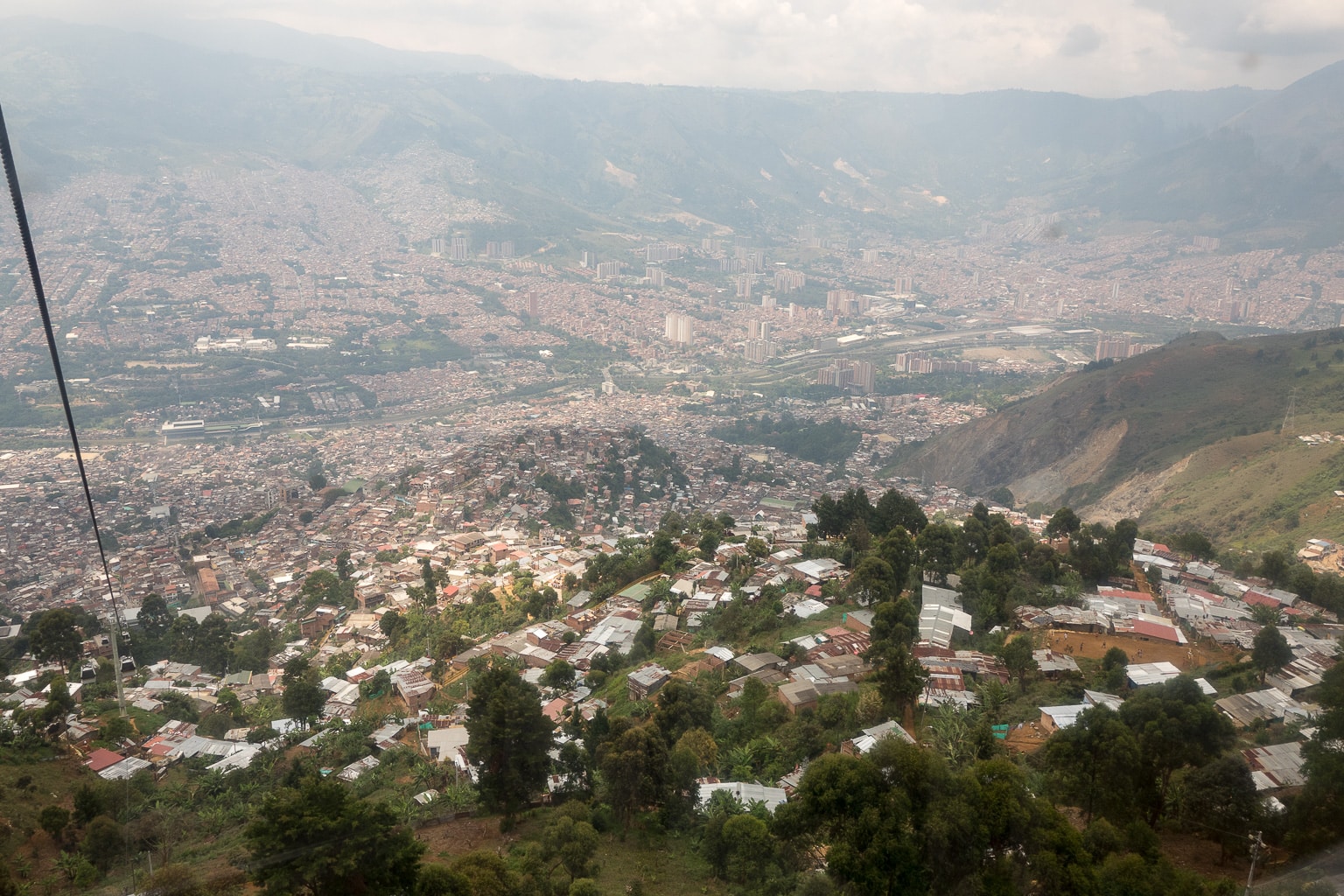
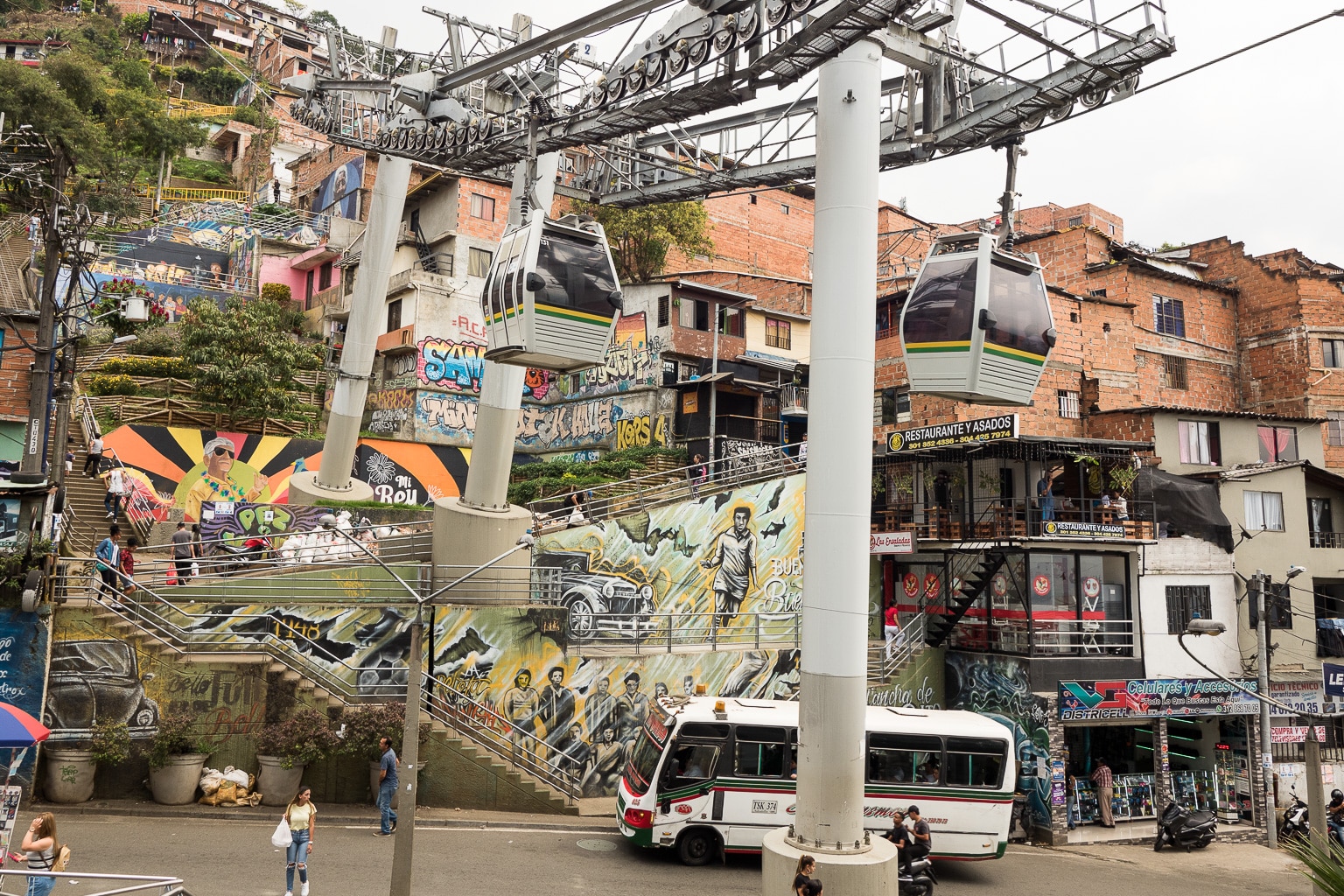
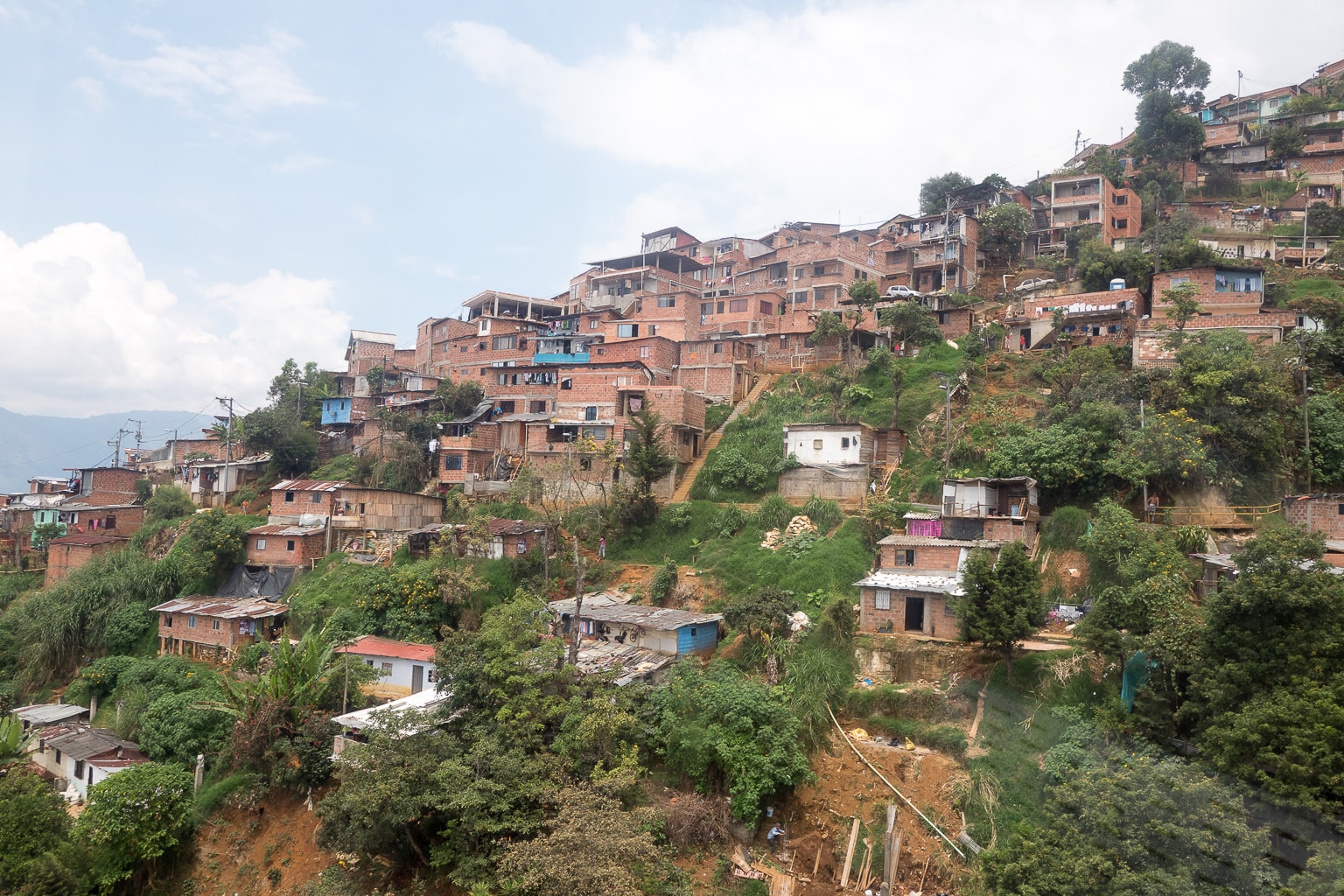
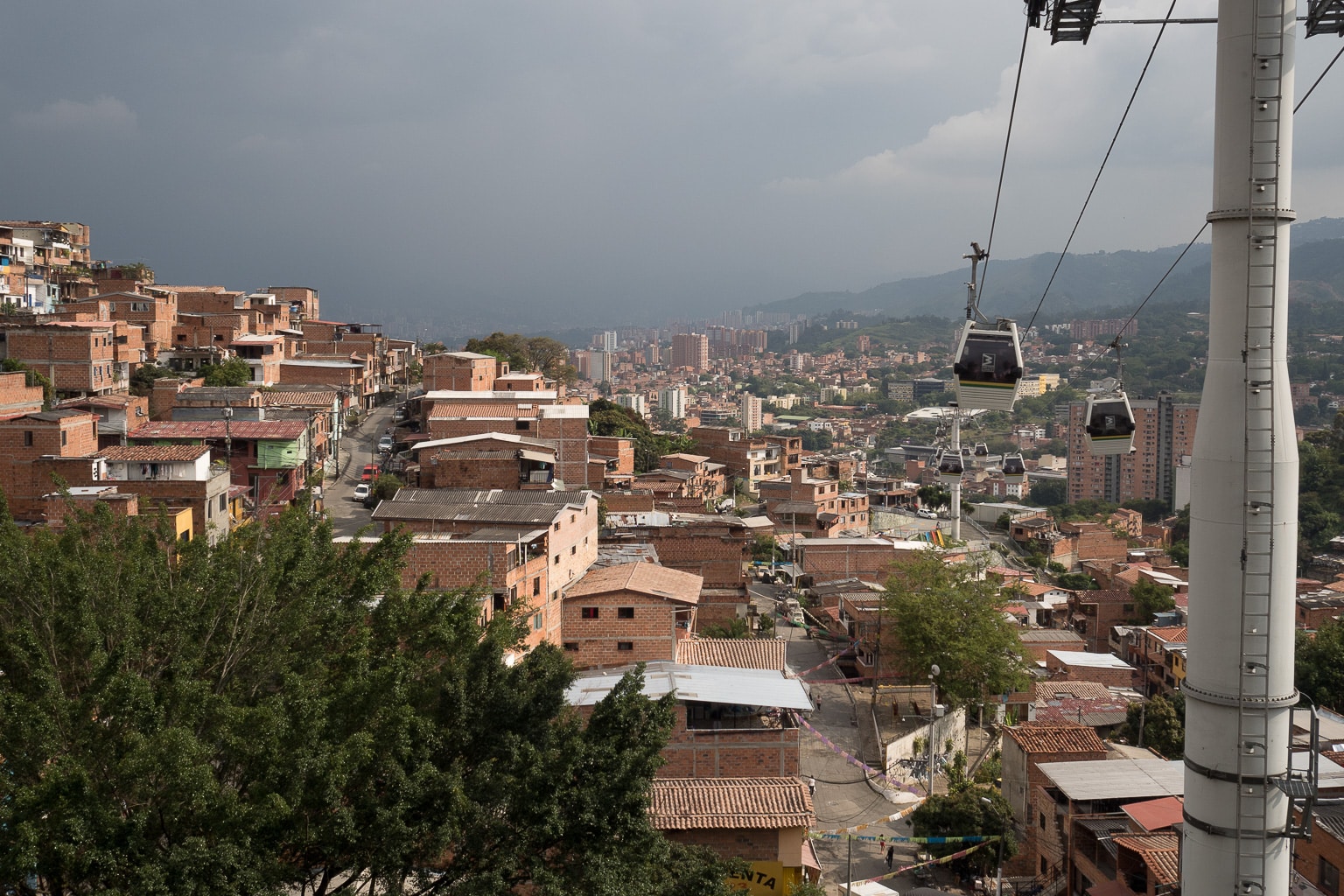
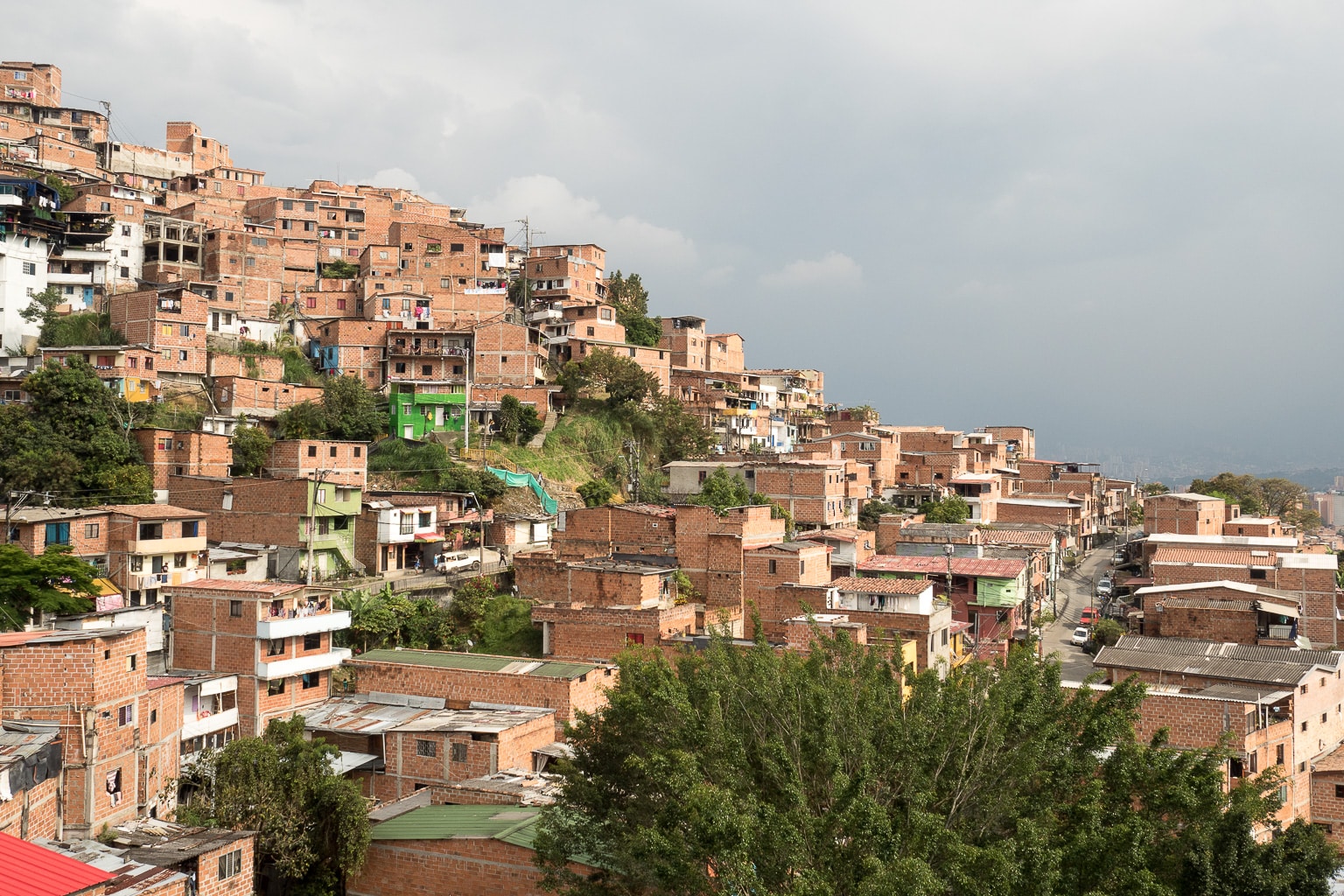
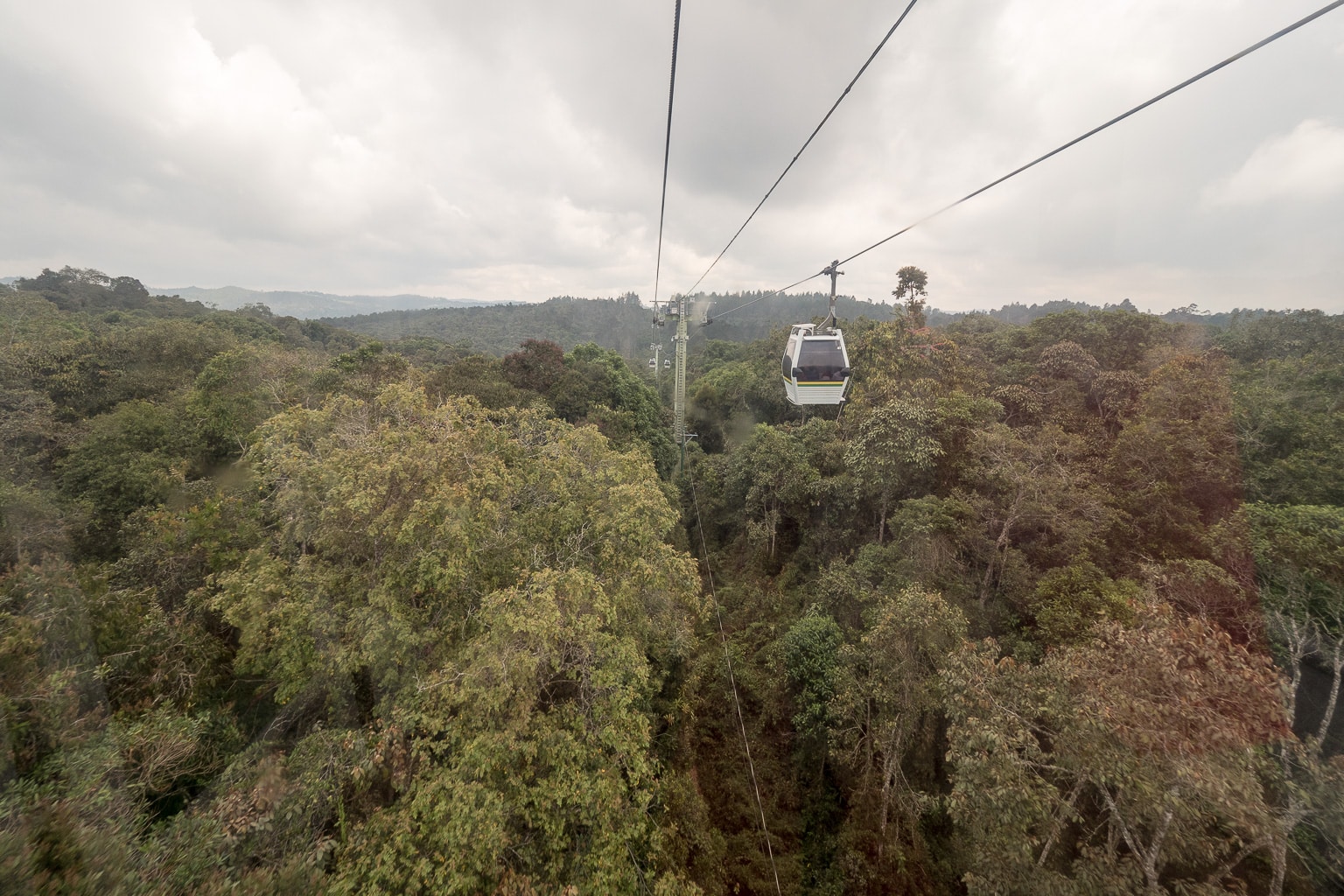
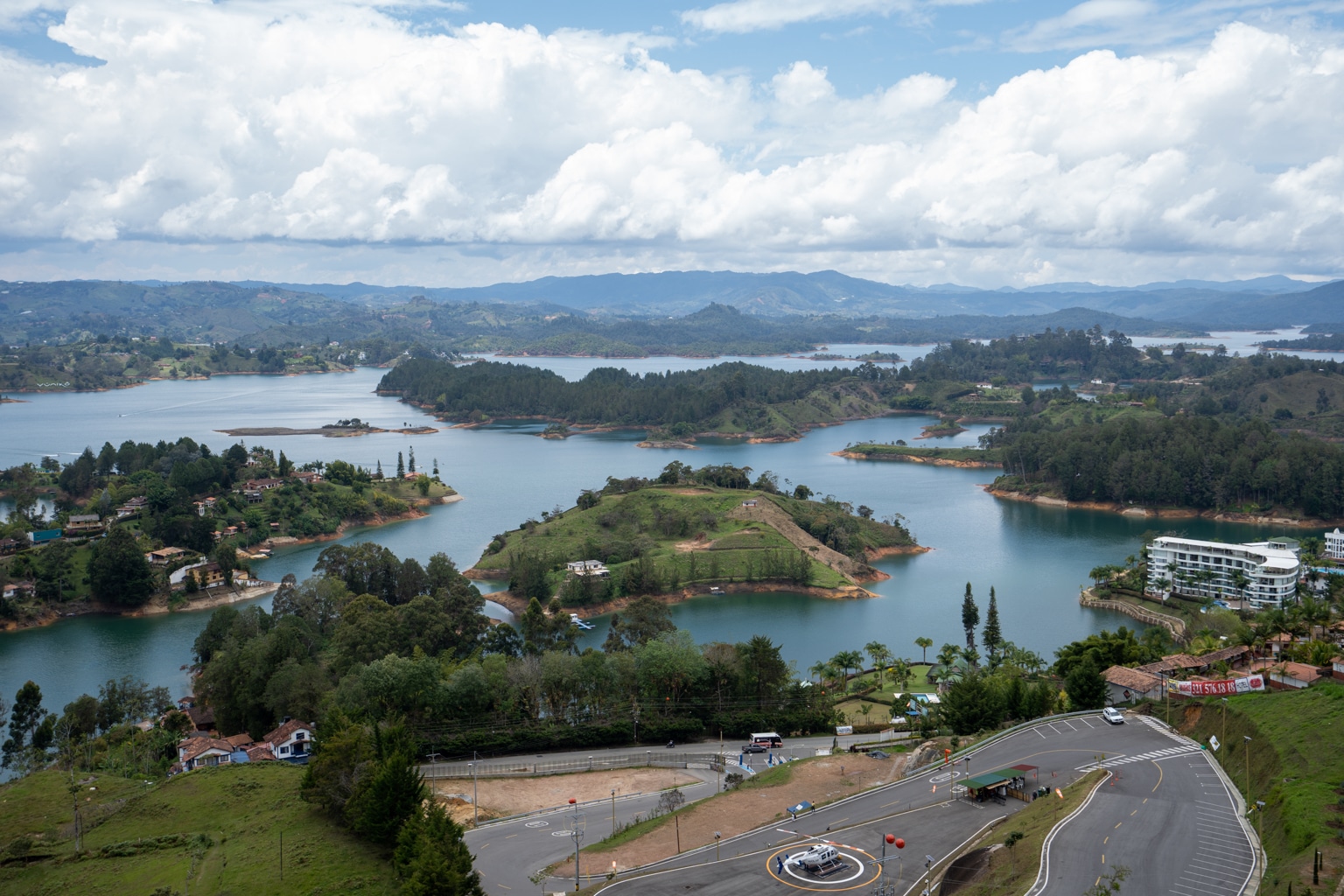
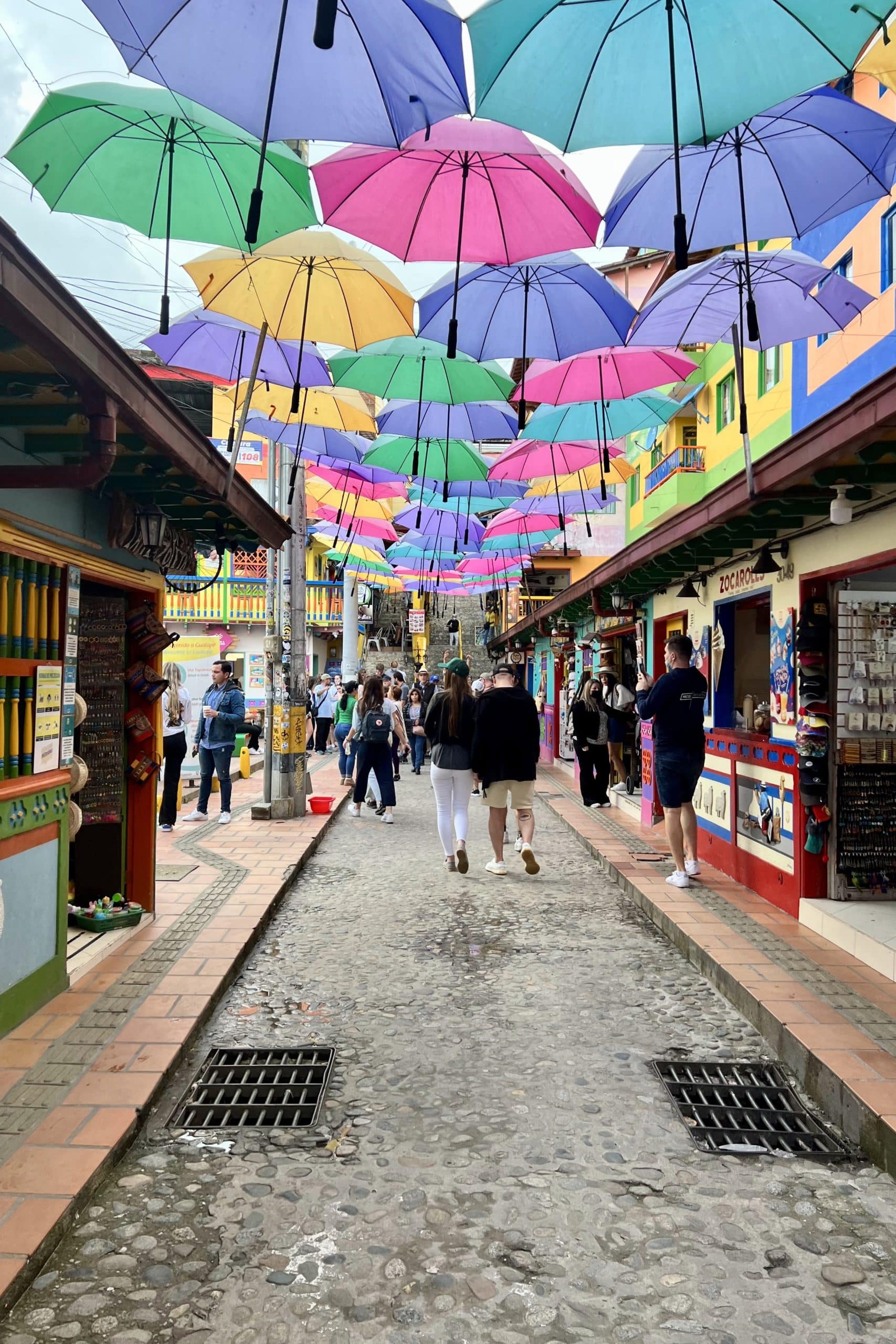
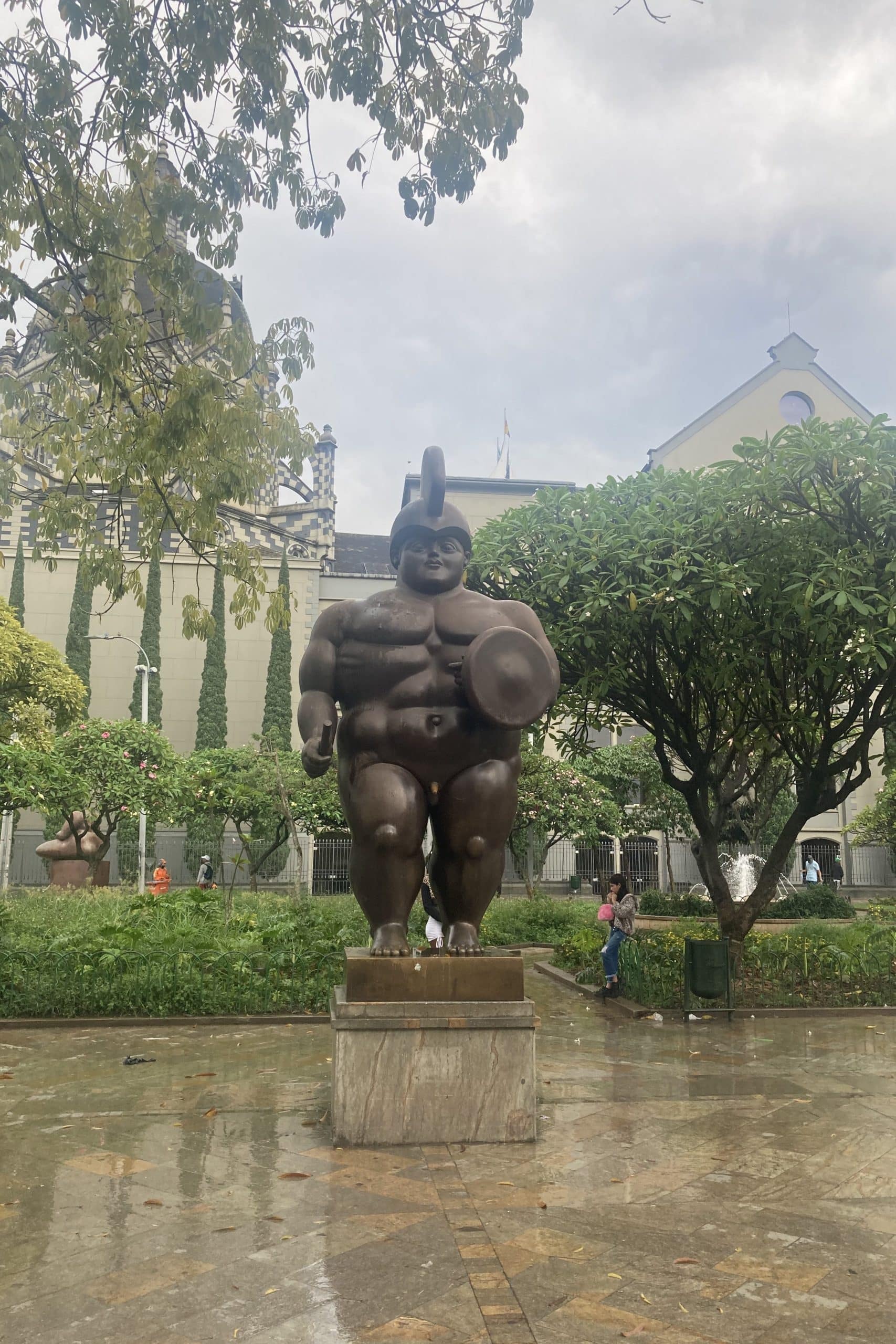
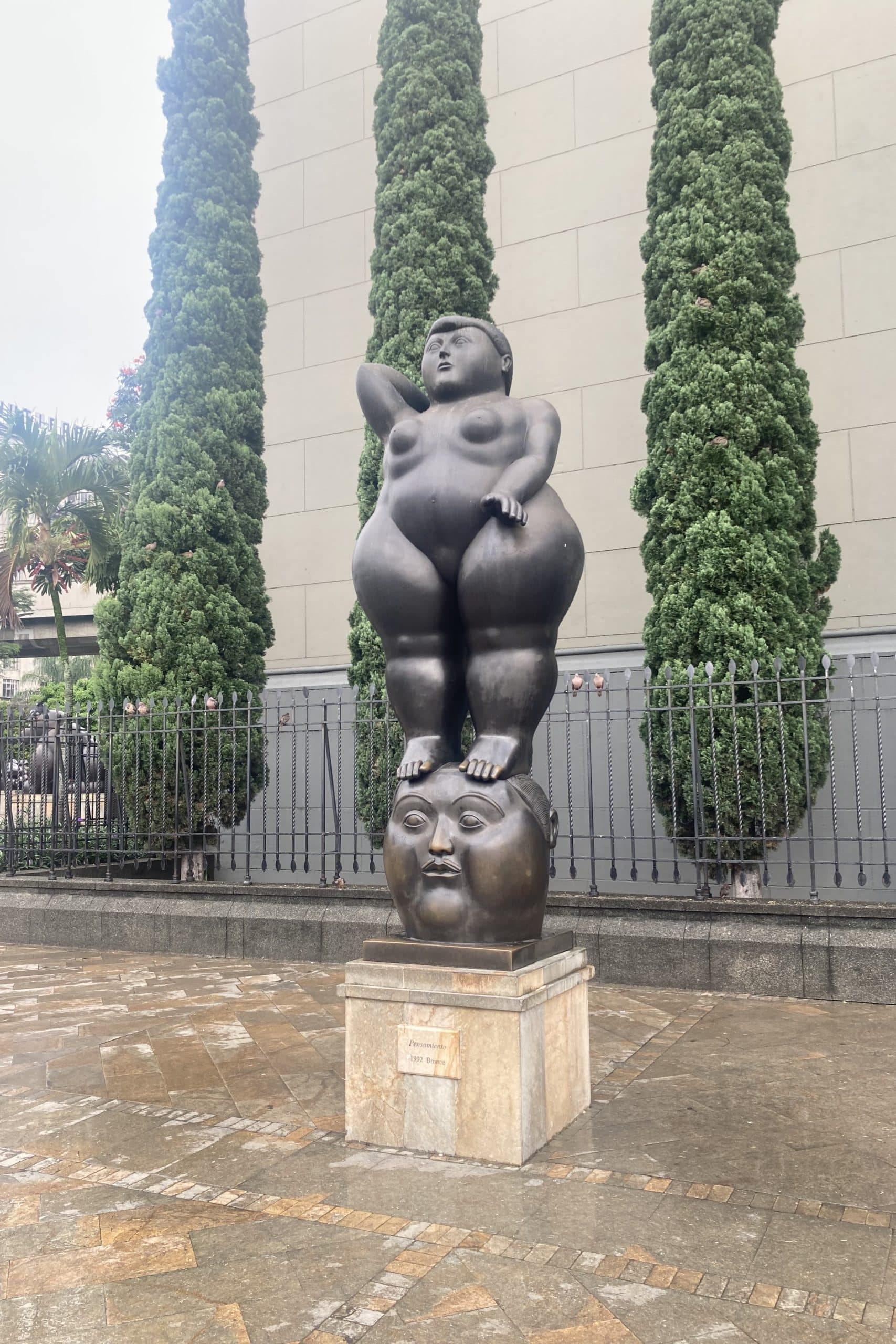
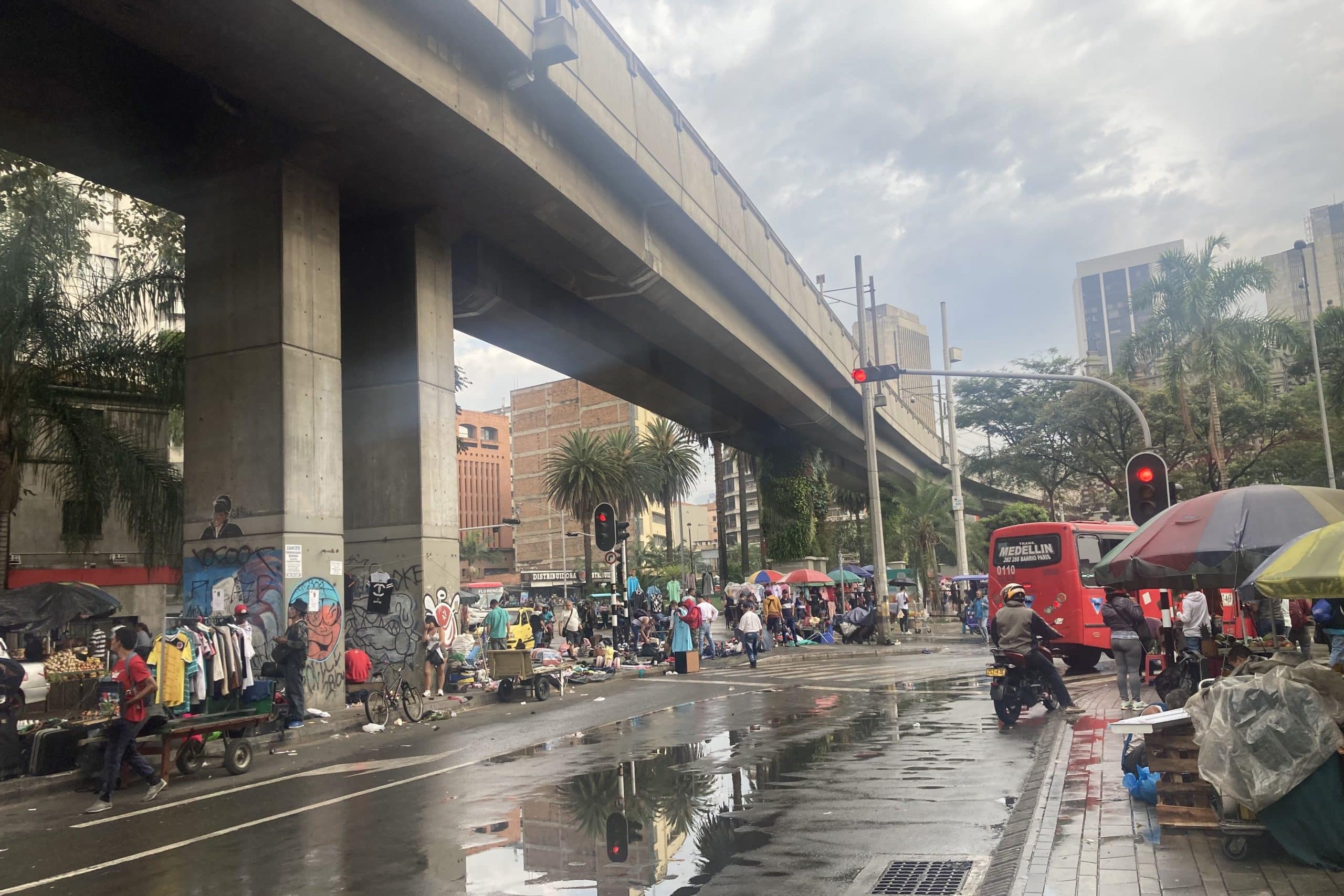
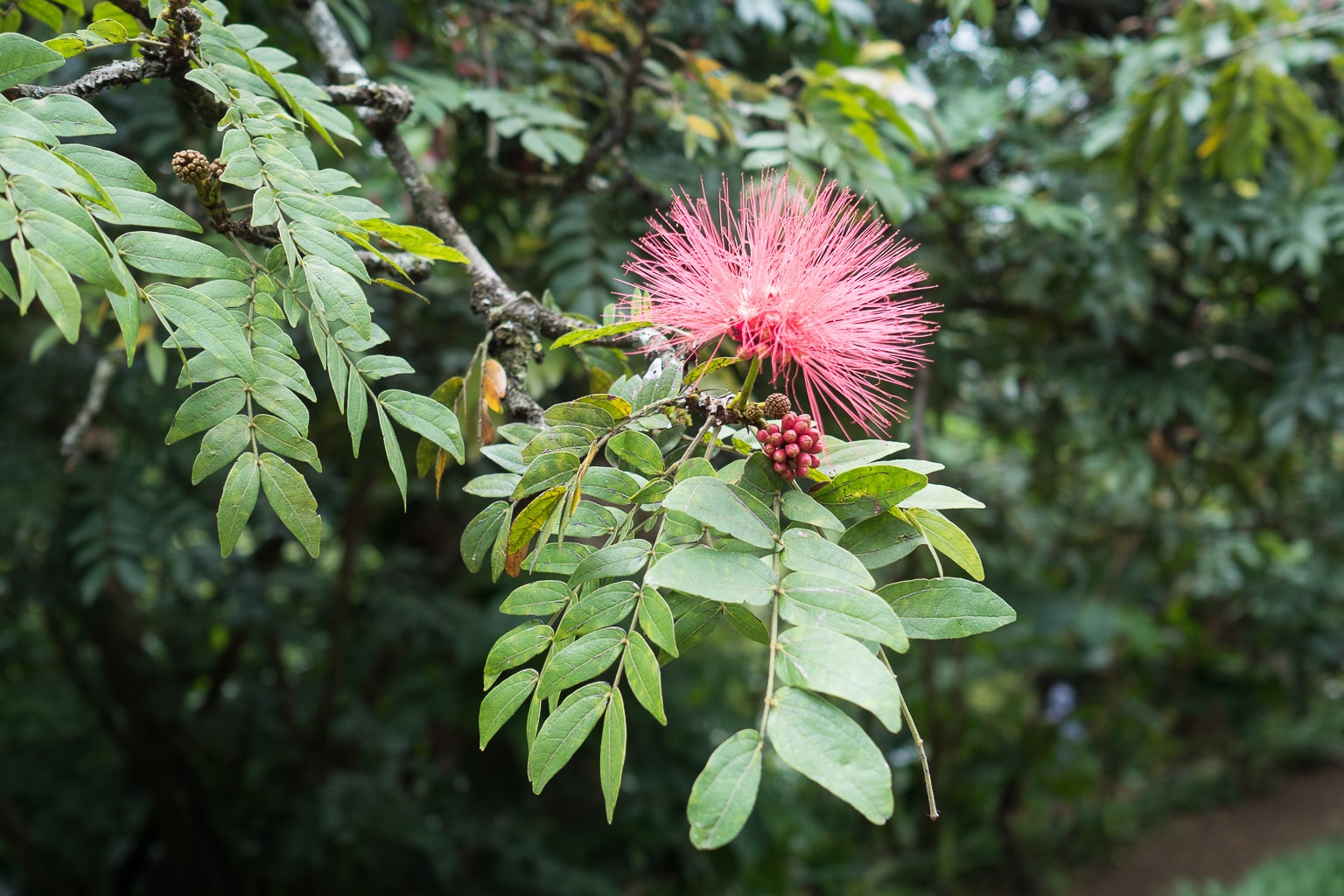
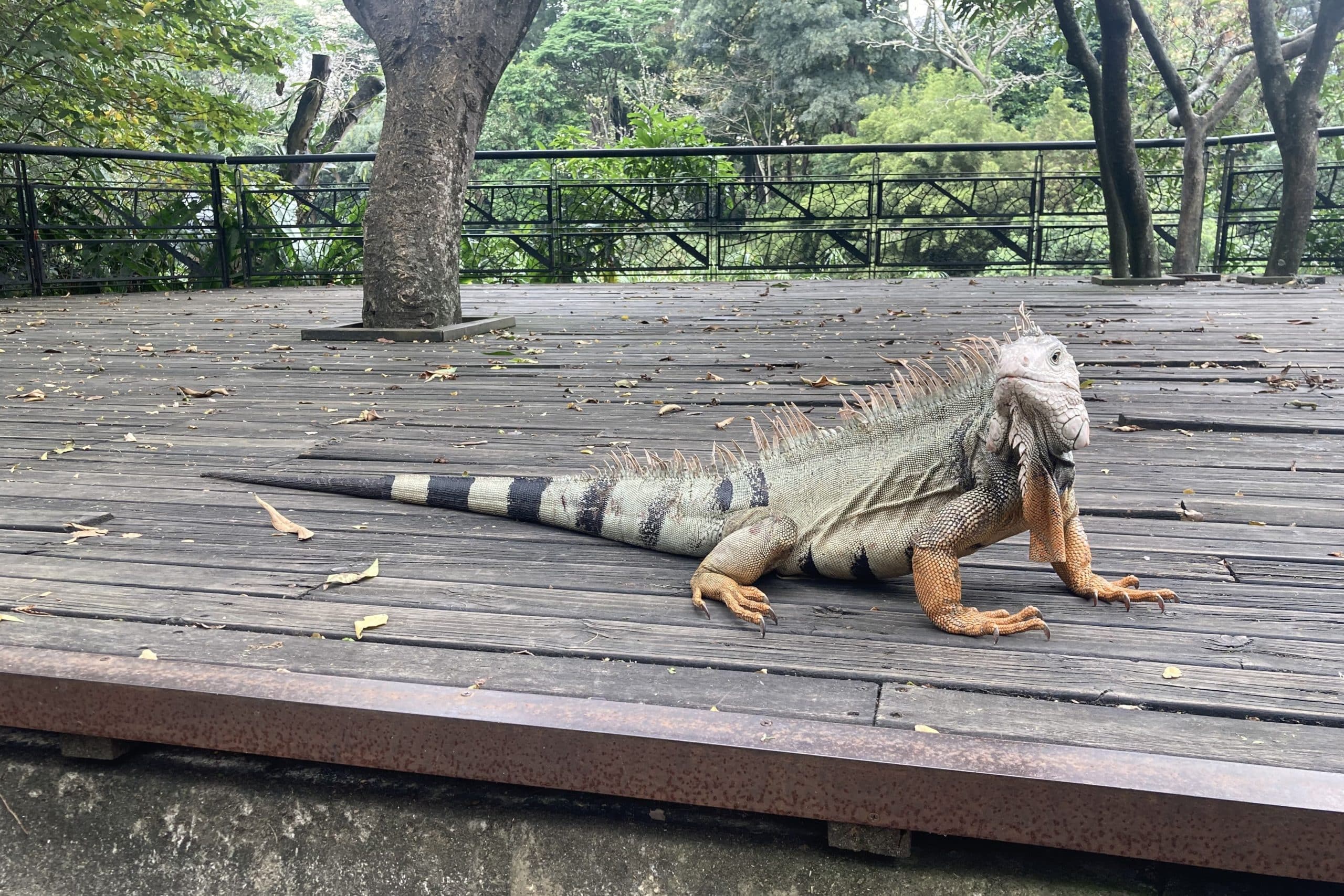









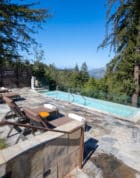



Interesting post, thank you. We’ve been interested in visiting Colombia and now feel like Medellin should definitely be on our itinerary. What is the name of the craft brewery in Comuna 13?
Hi Josh. I’m from Medellín and have never heard someone give such a wonderful review of my city. I love it and think it is an amazing place, but this is a great reminder of how fortunate we are to be here from an “outsider” perspective, because sometimes we forget. Thank you and I’m glad you enjoyed our city.